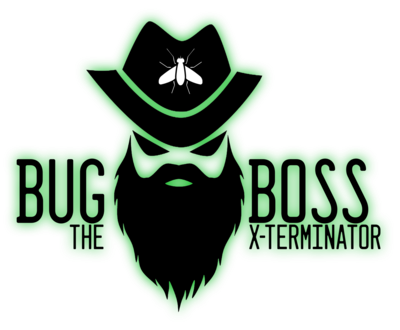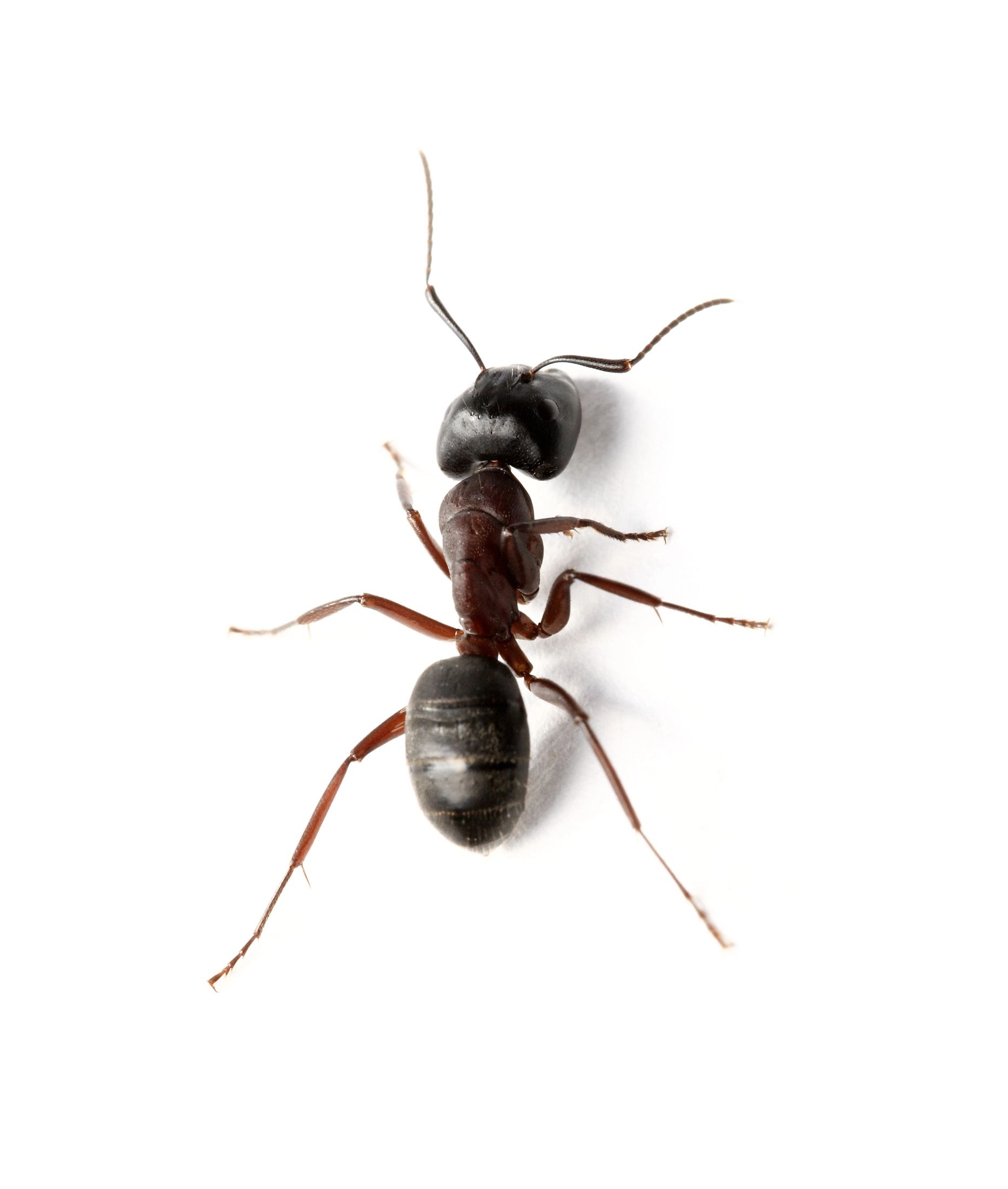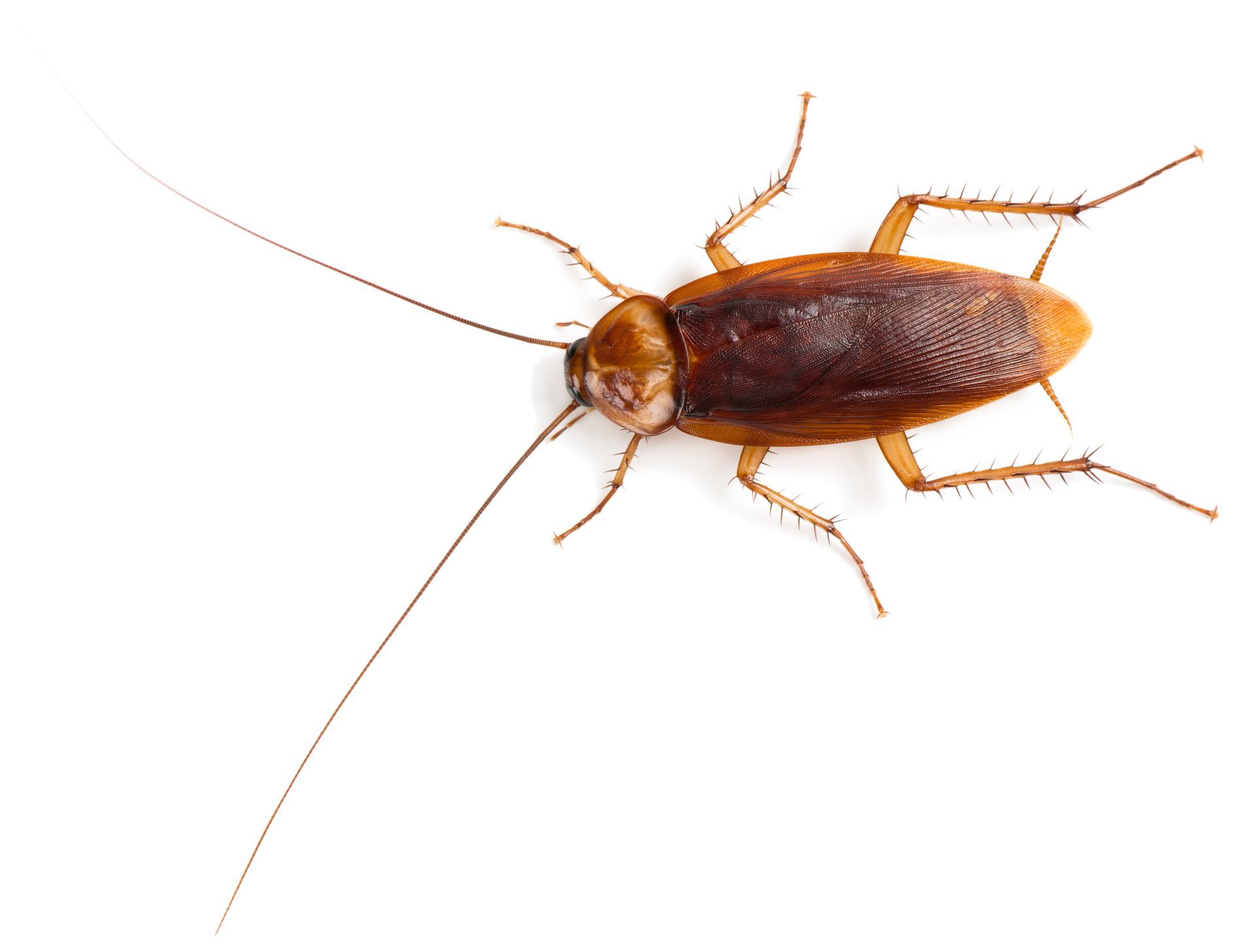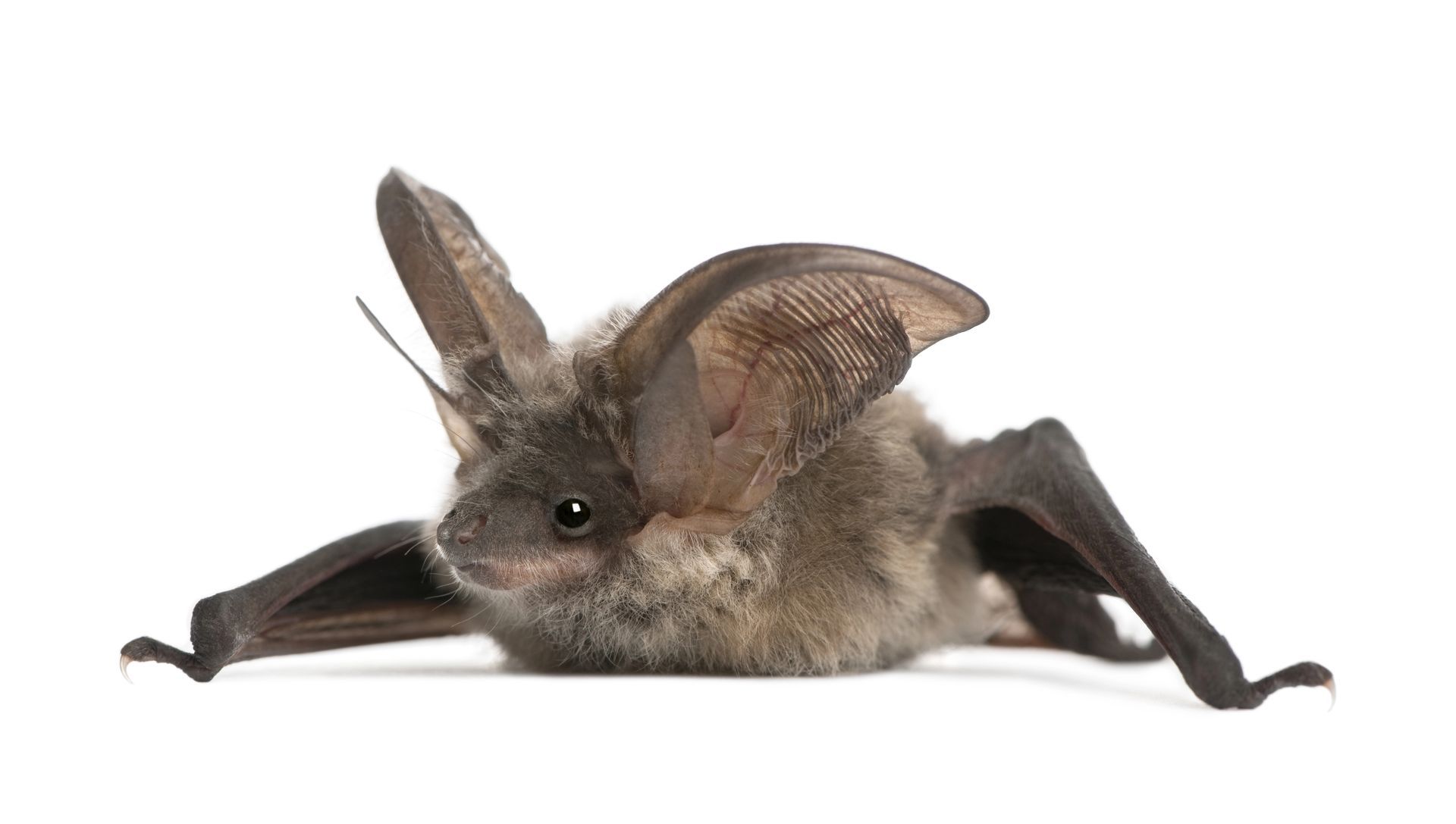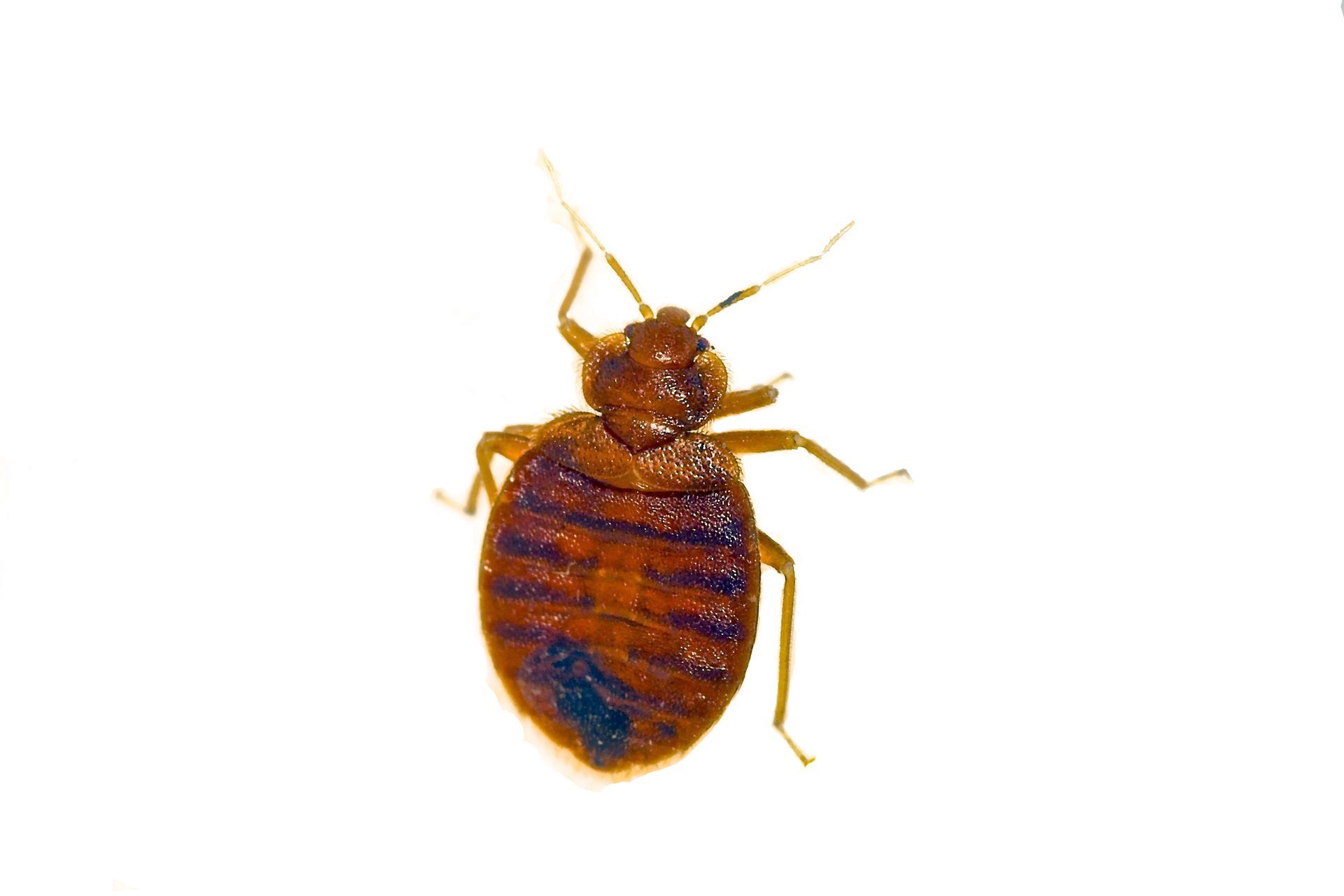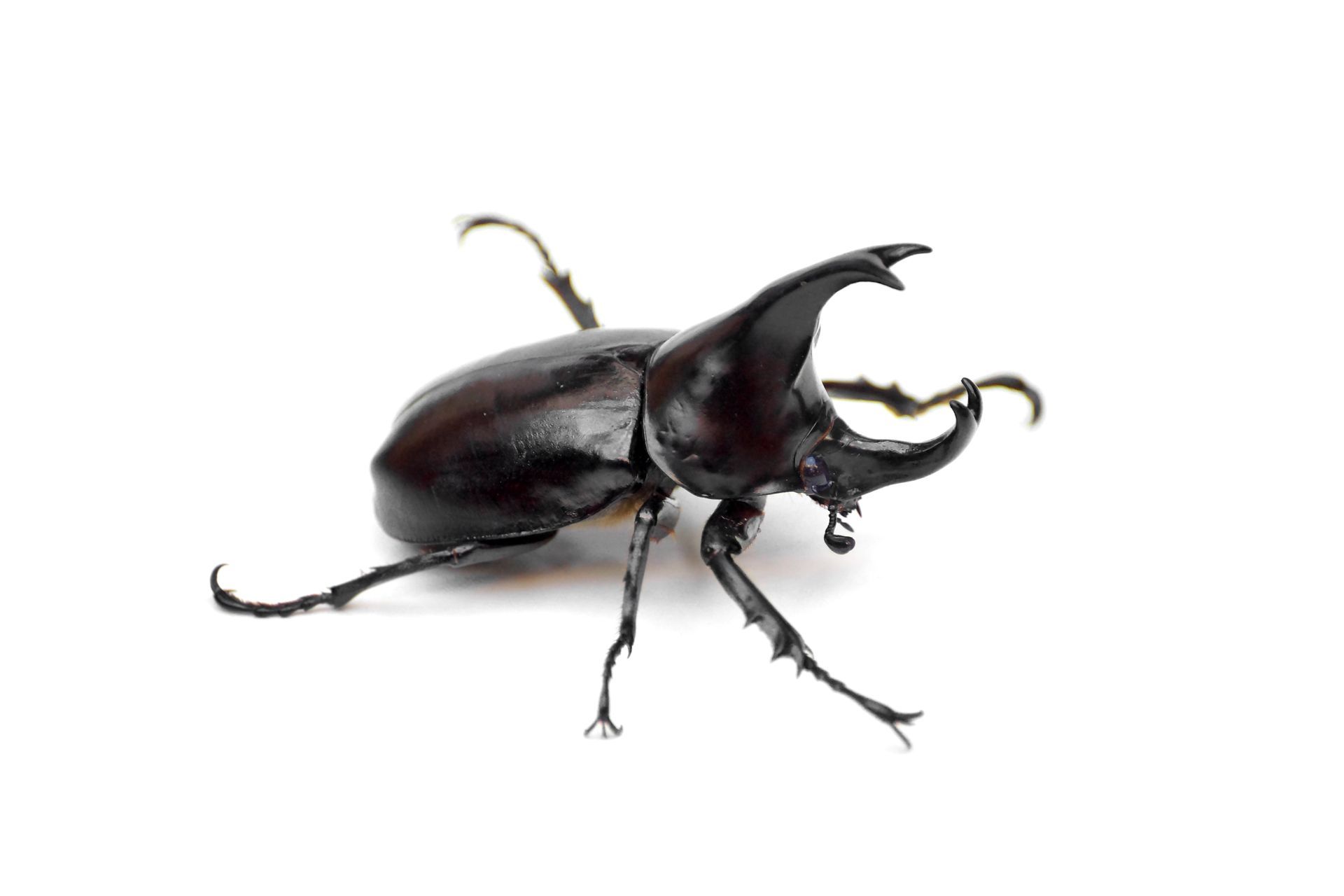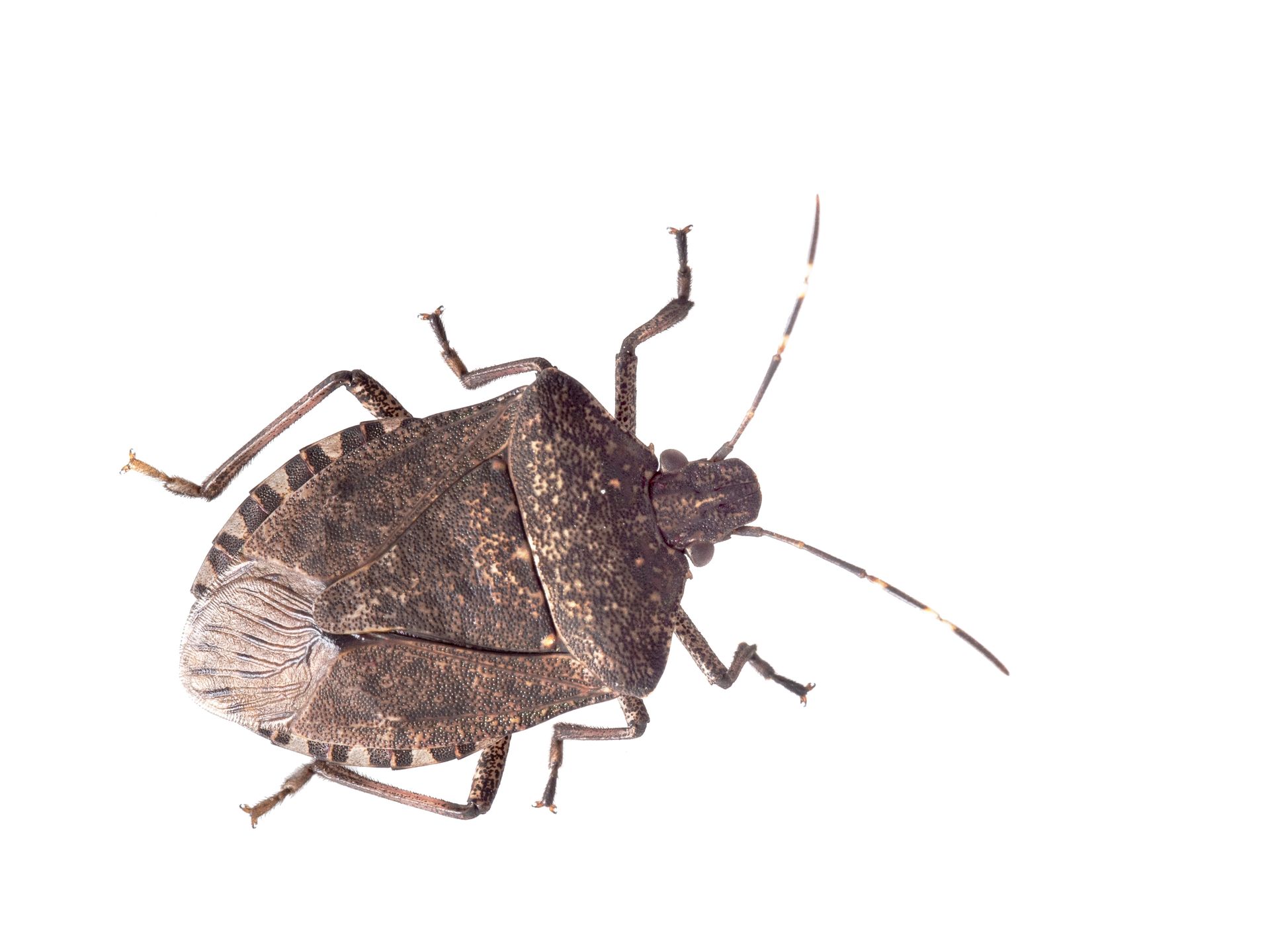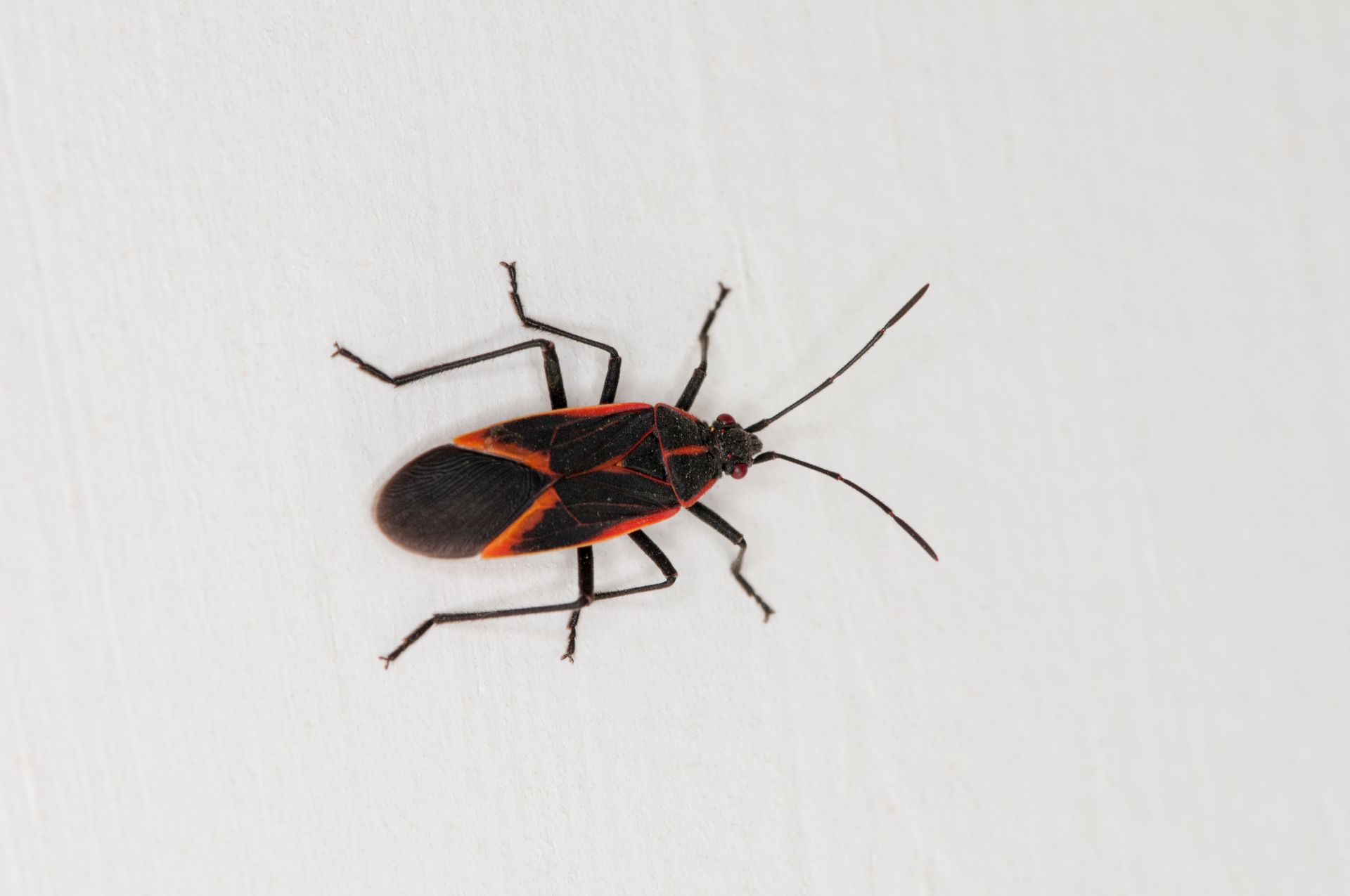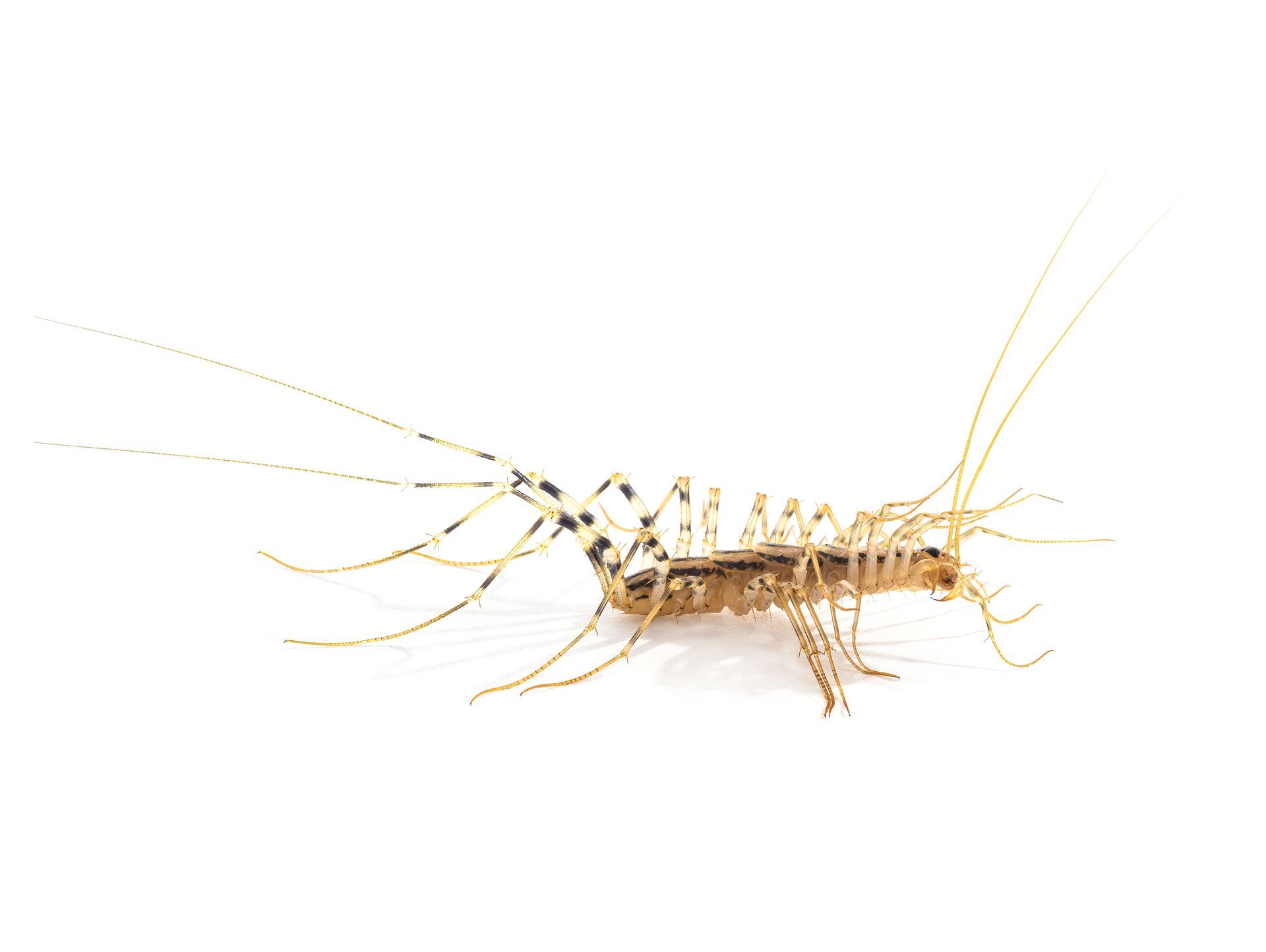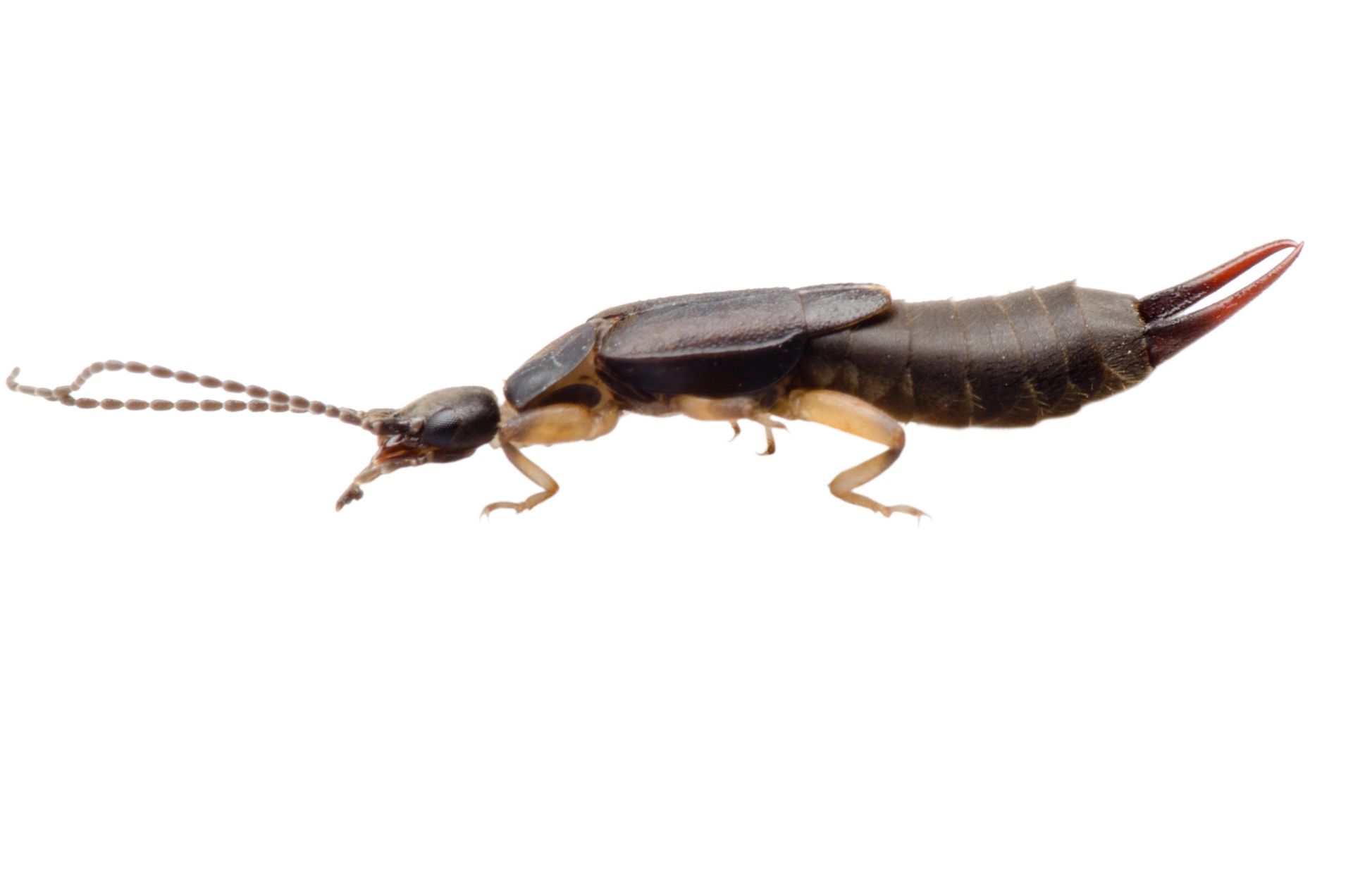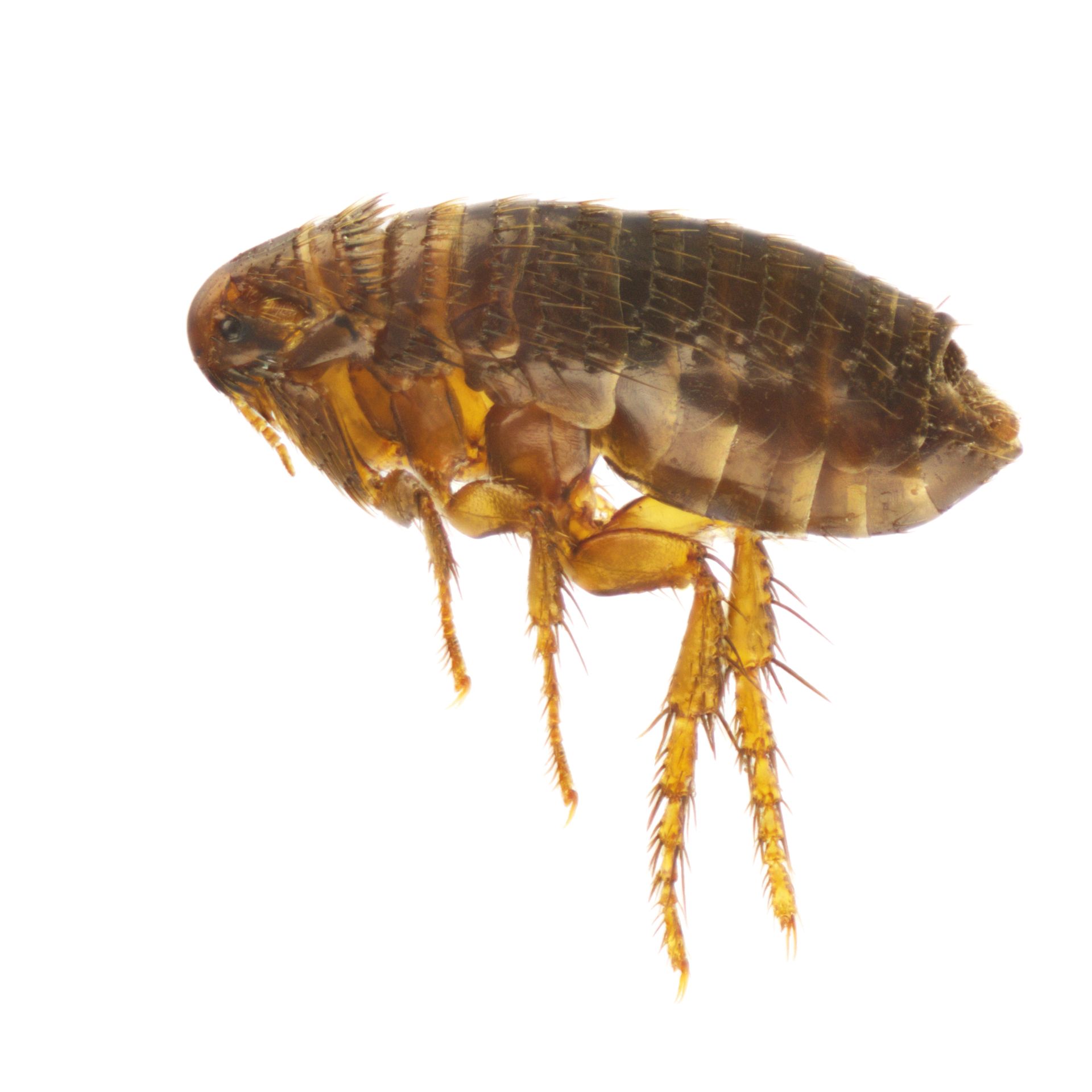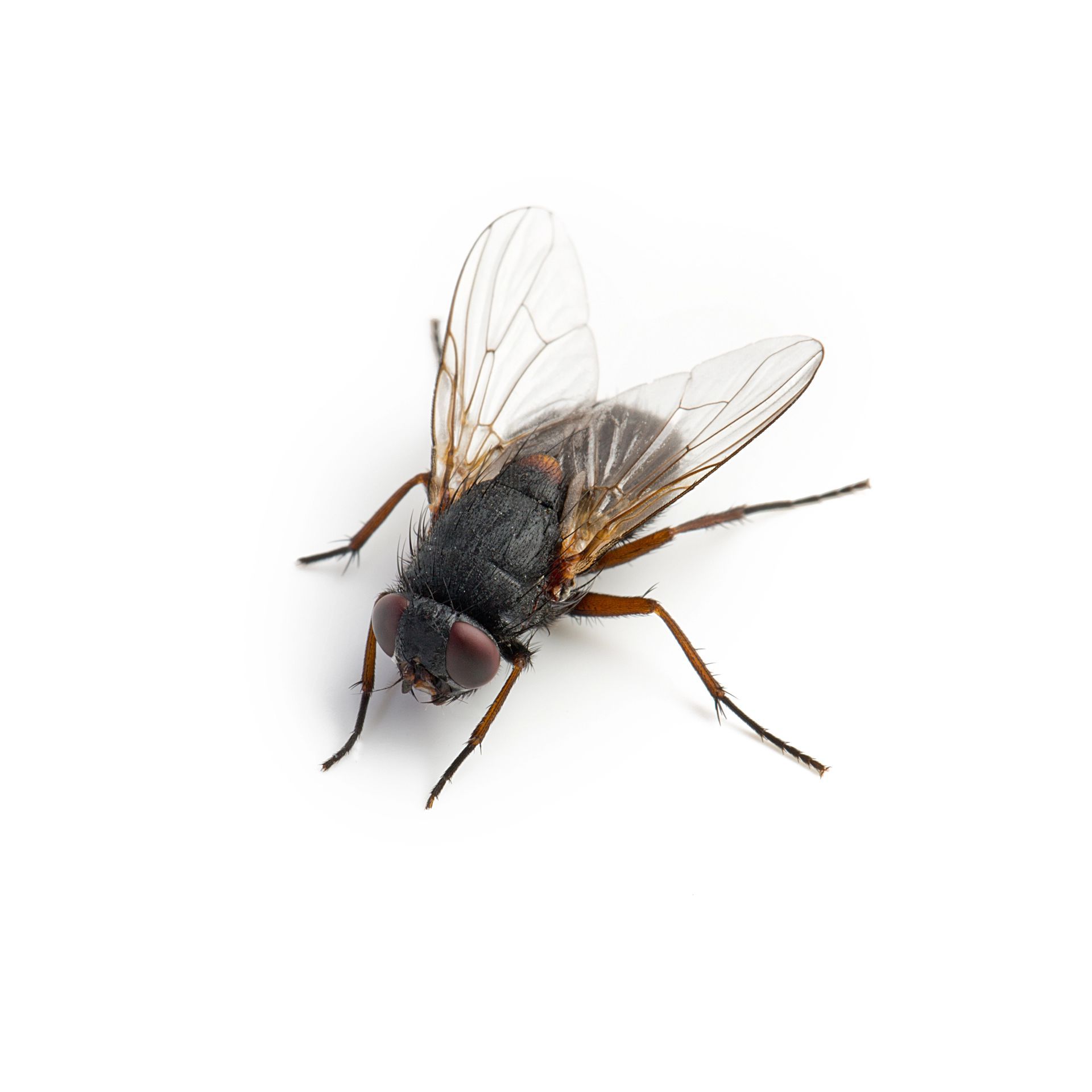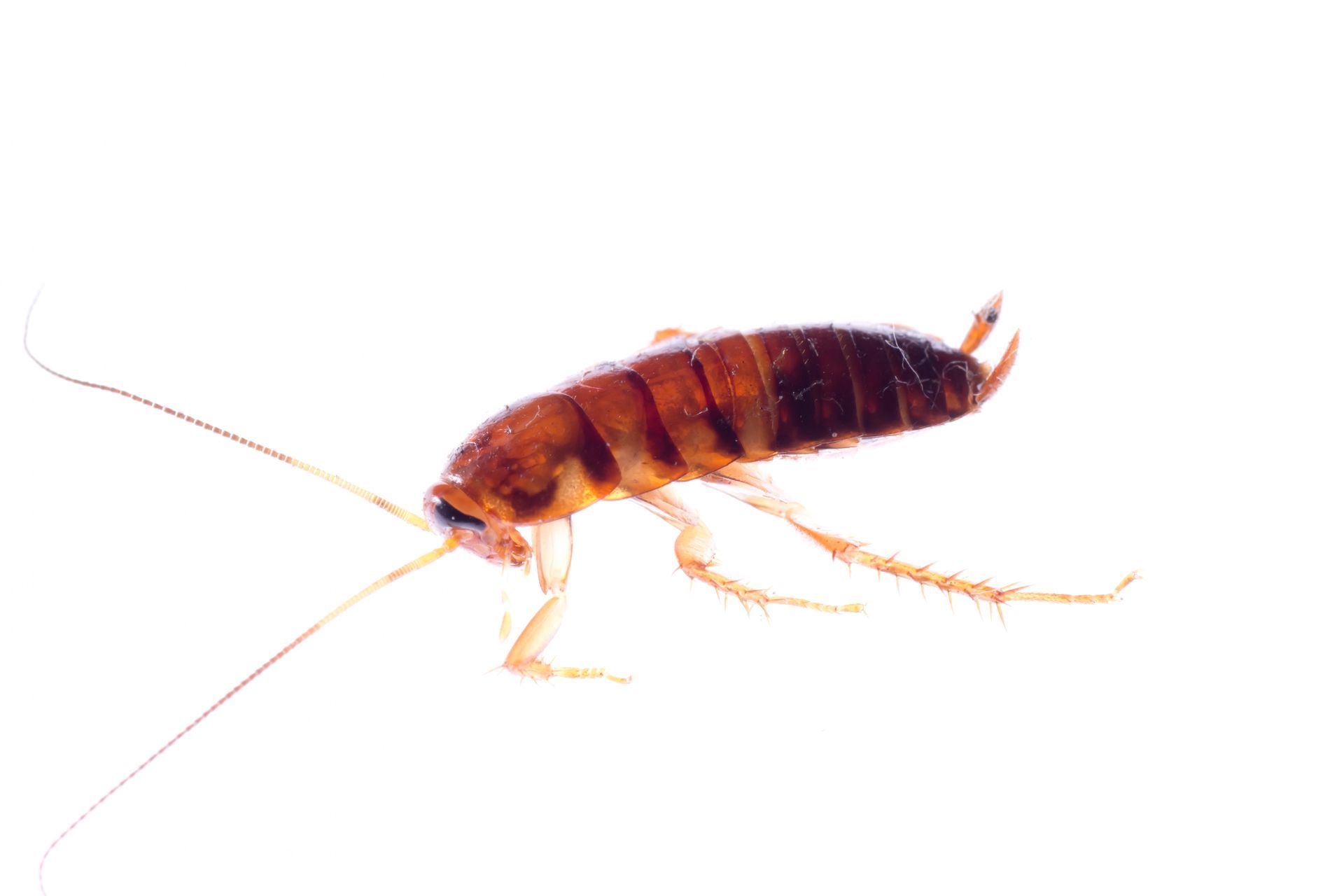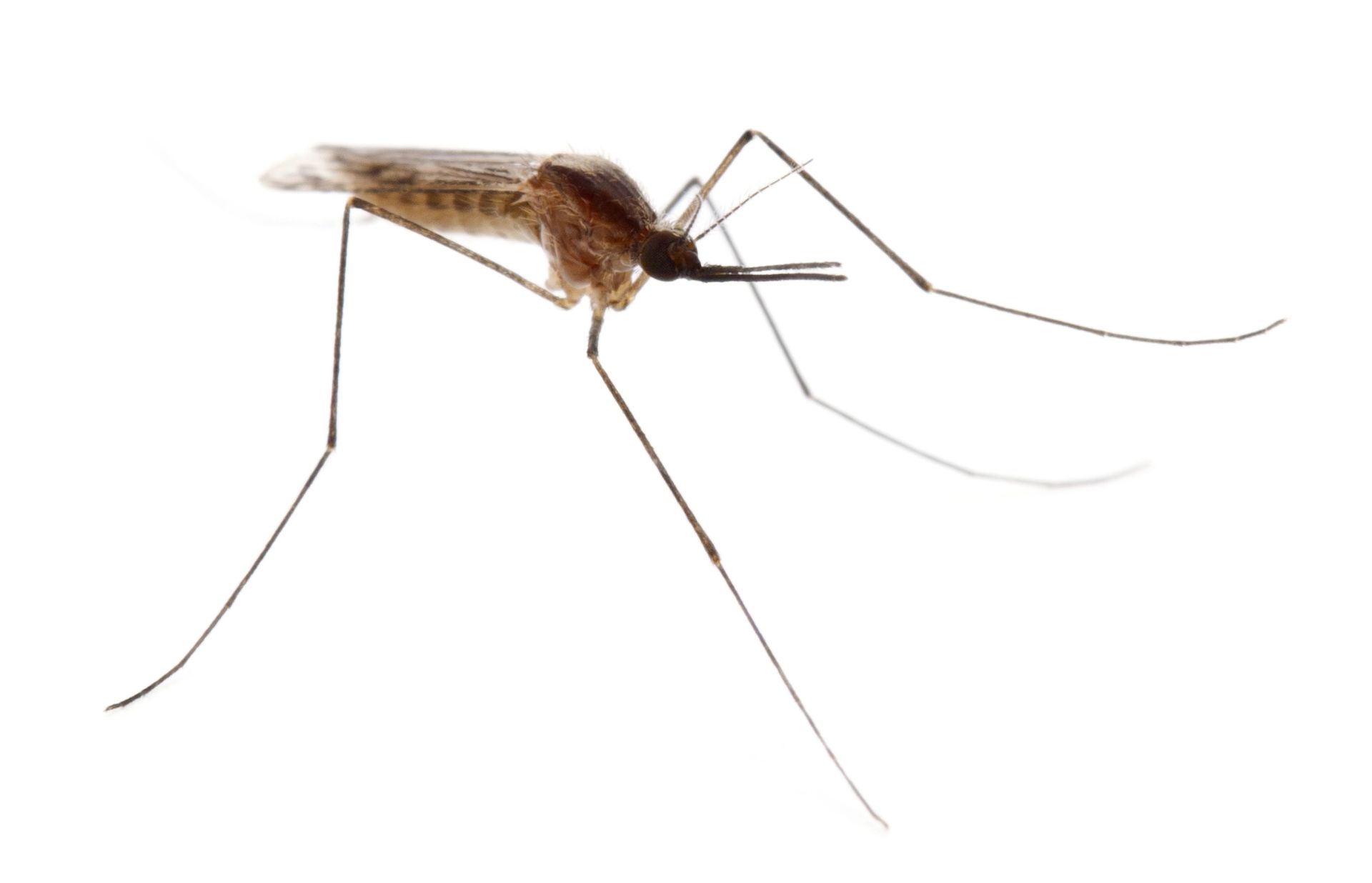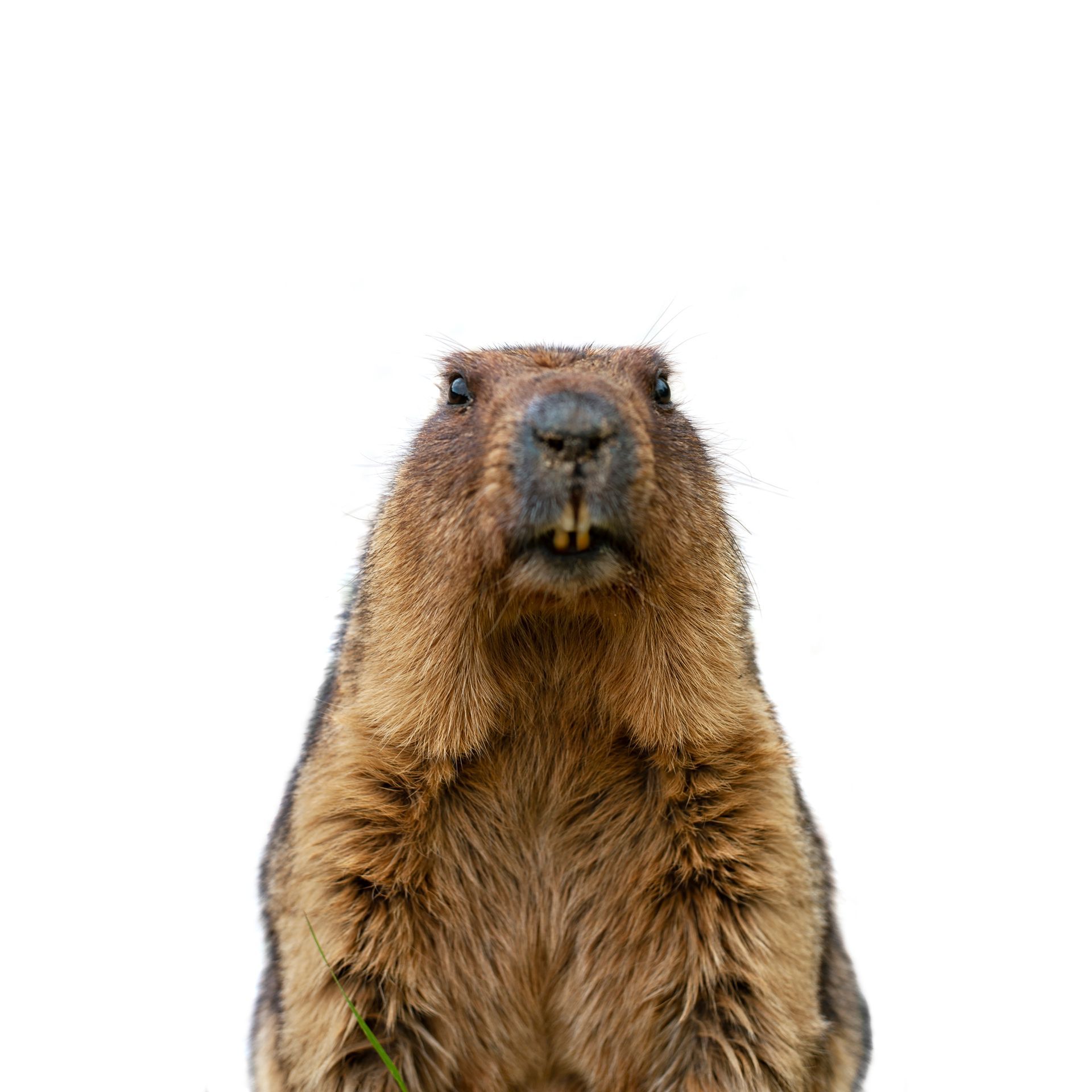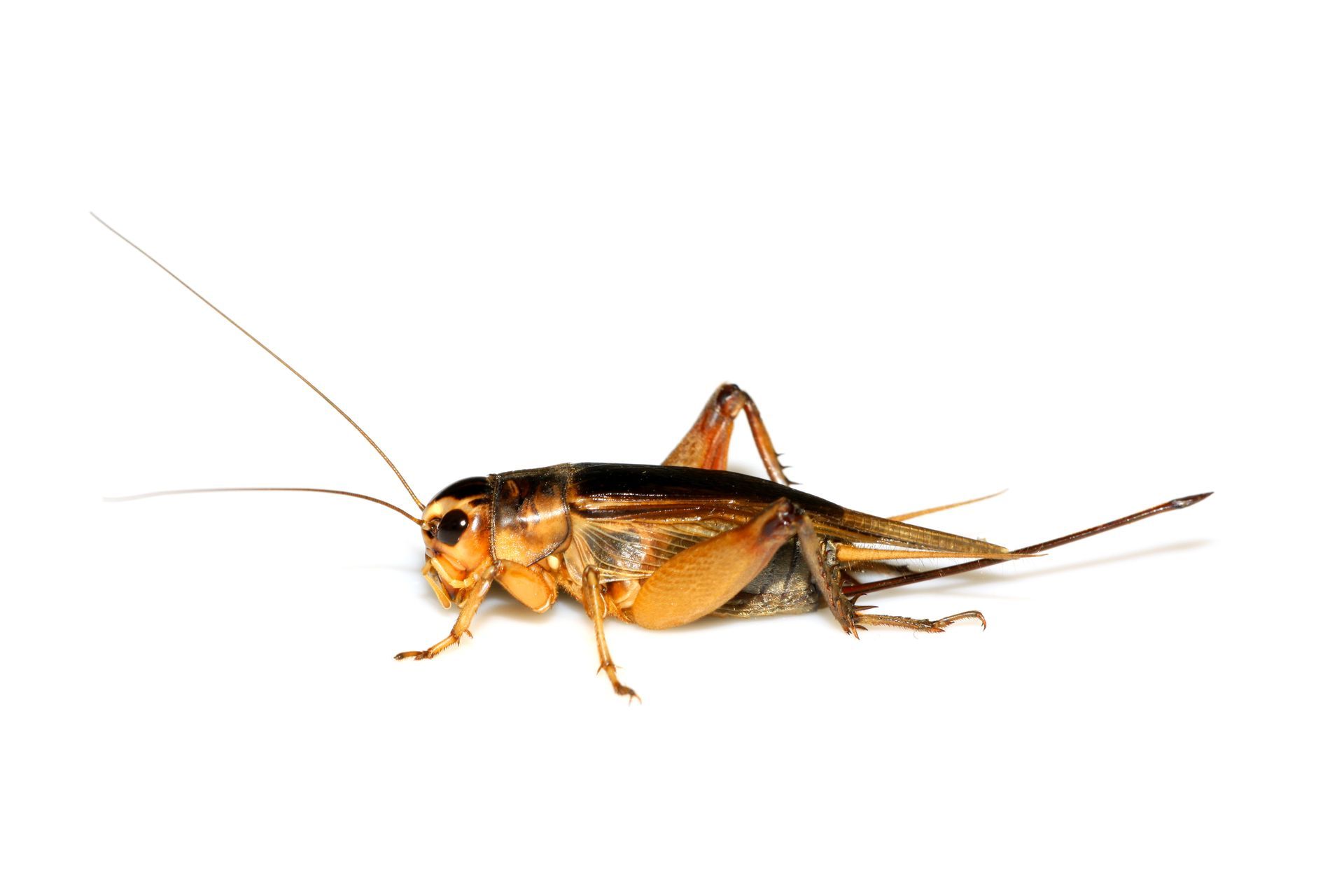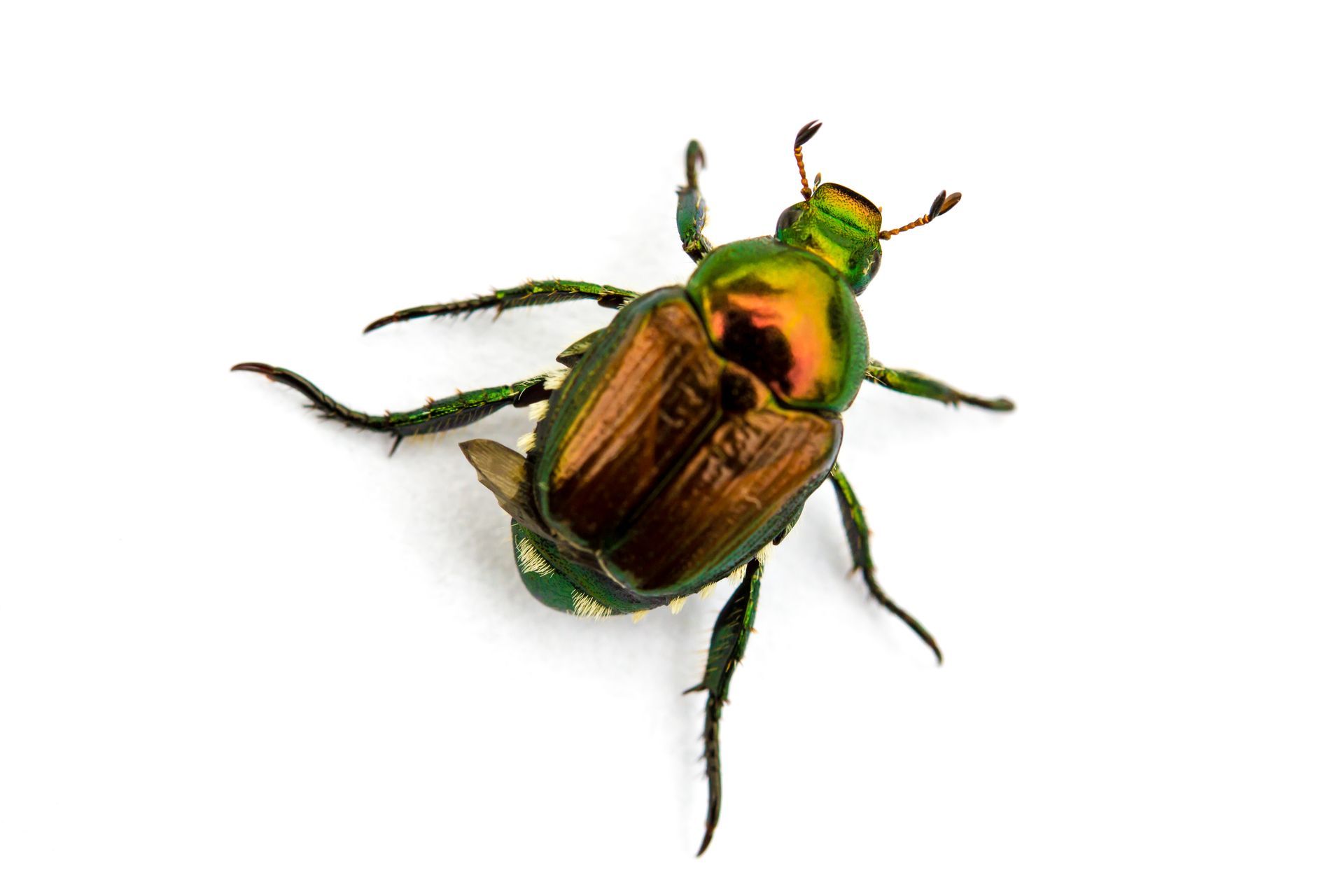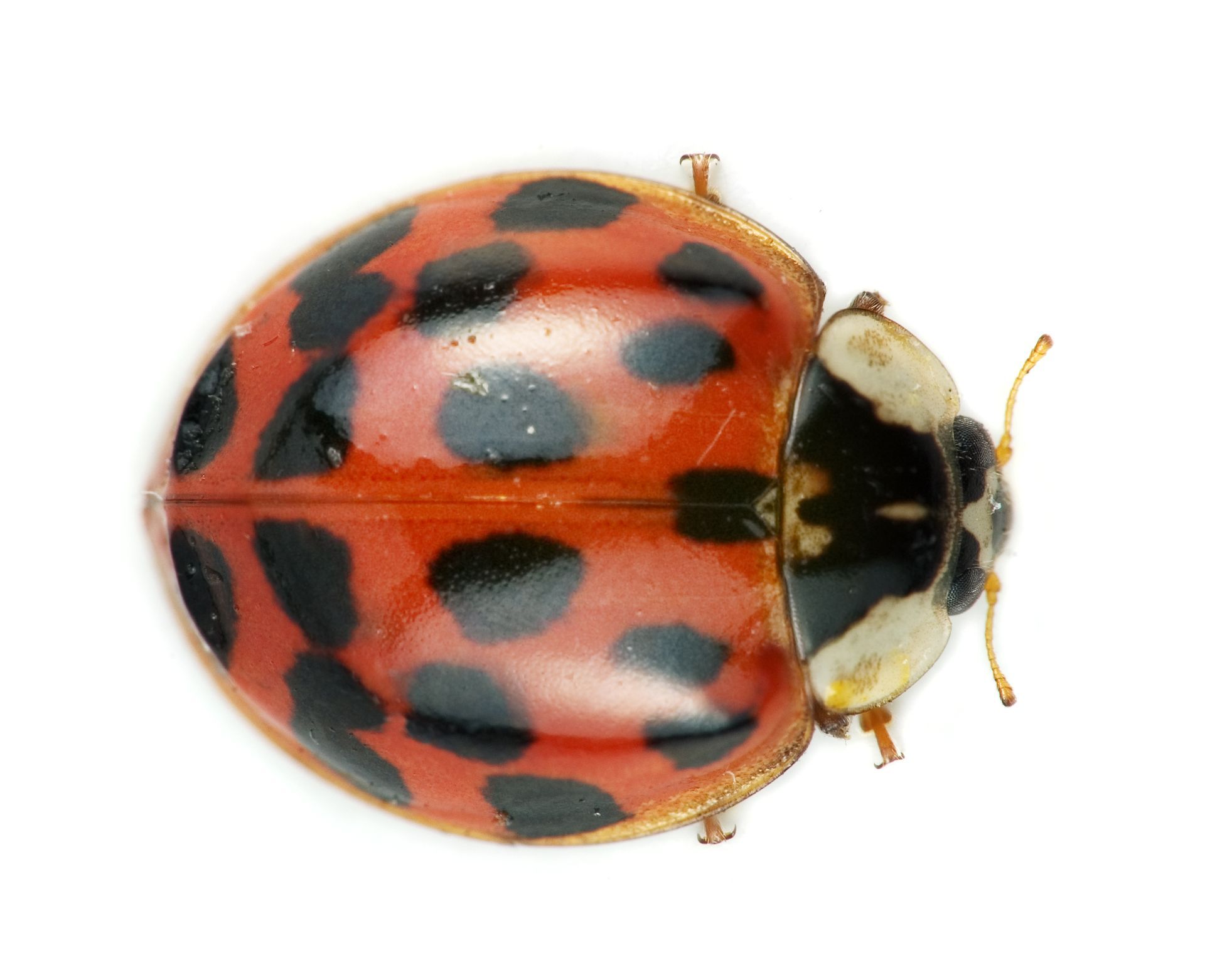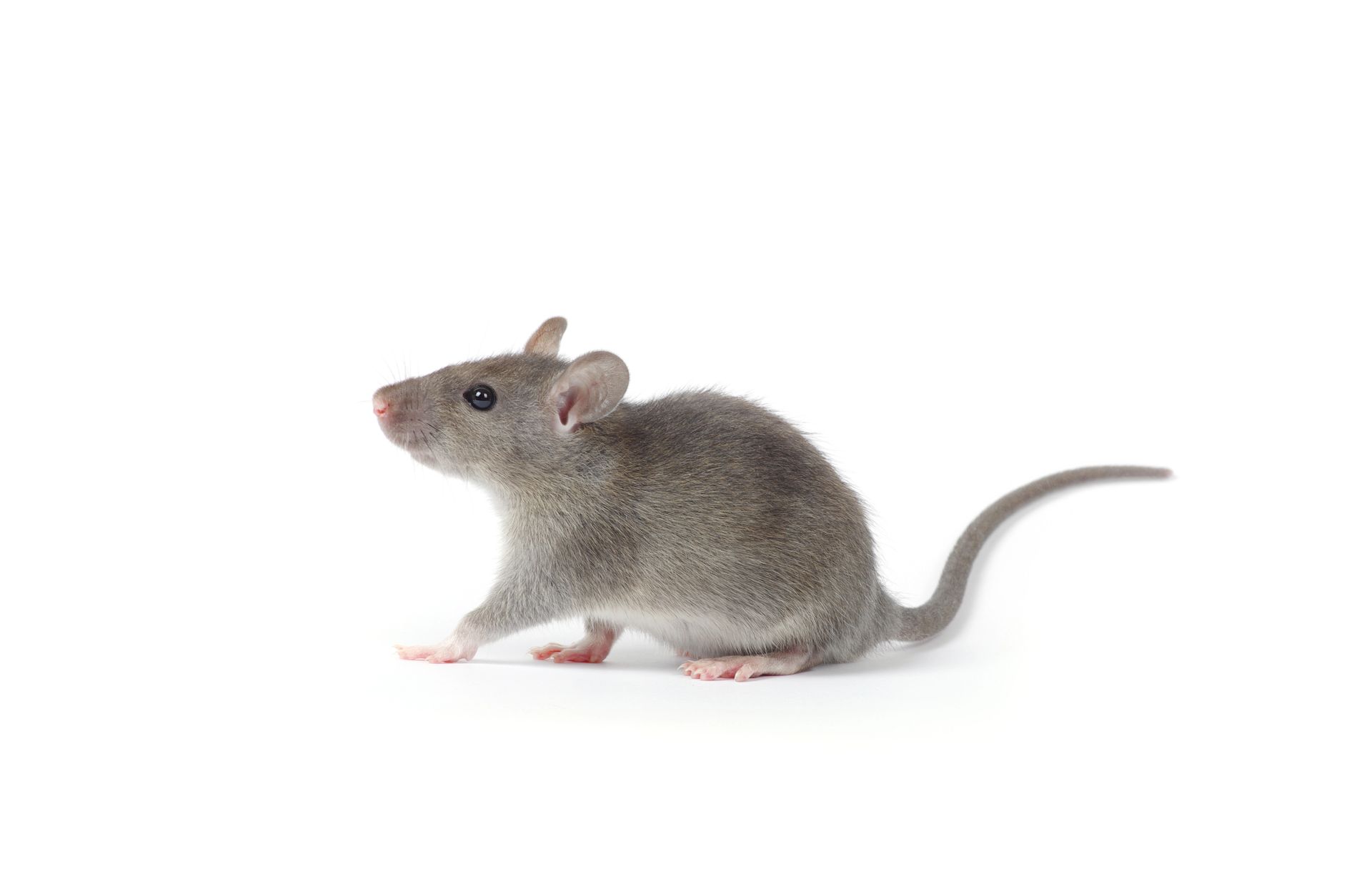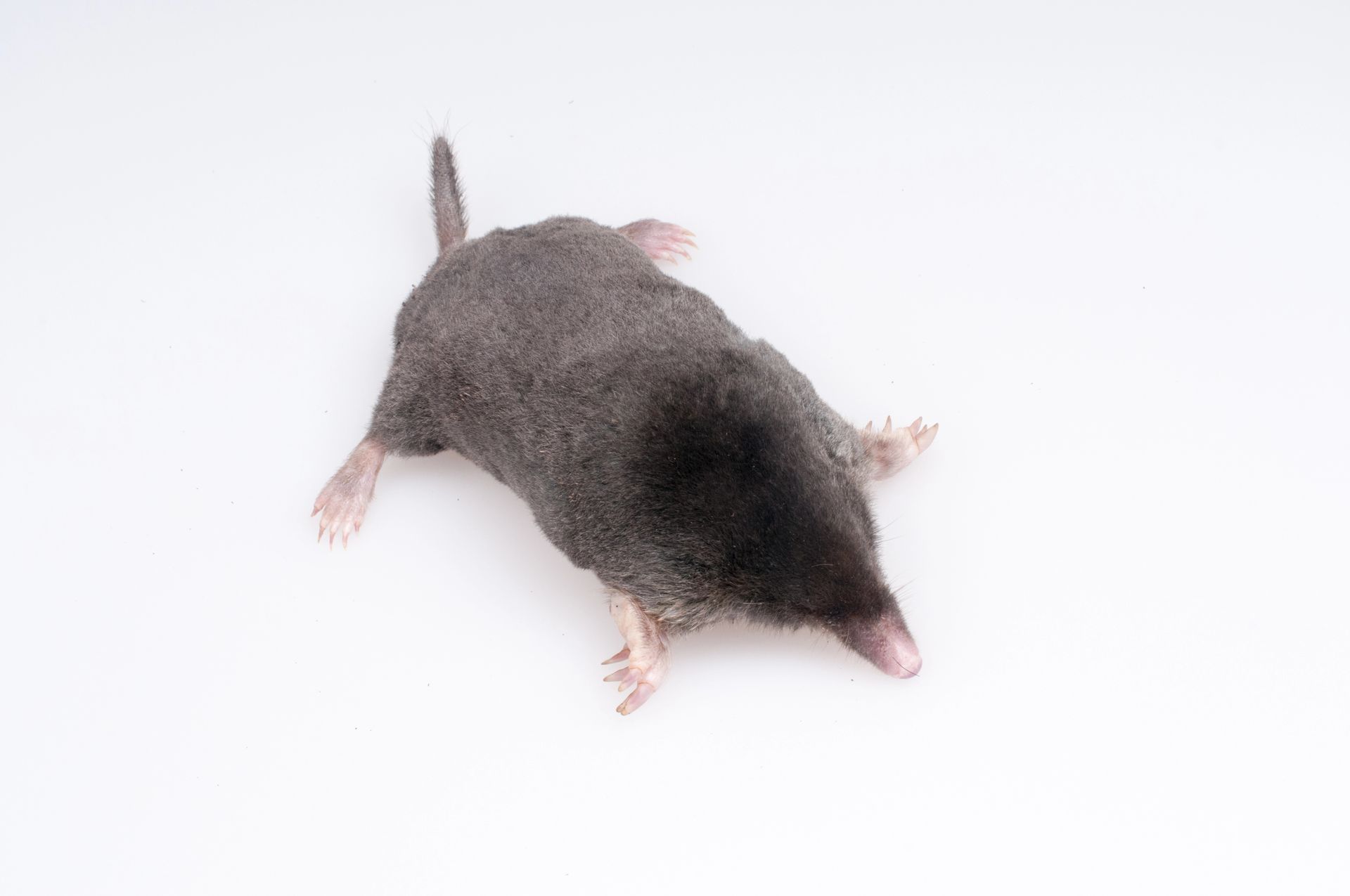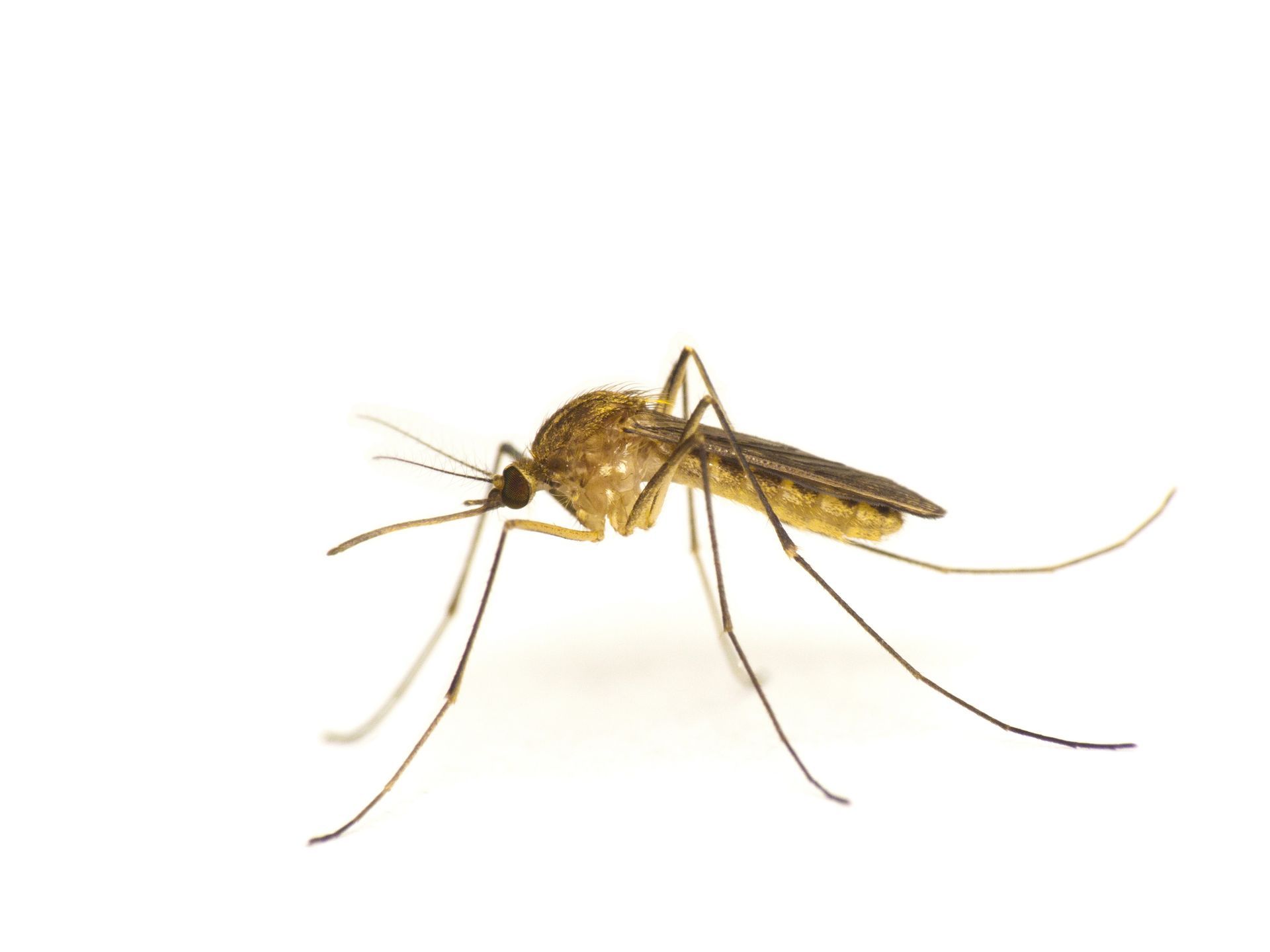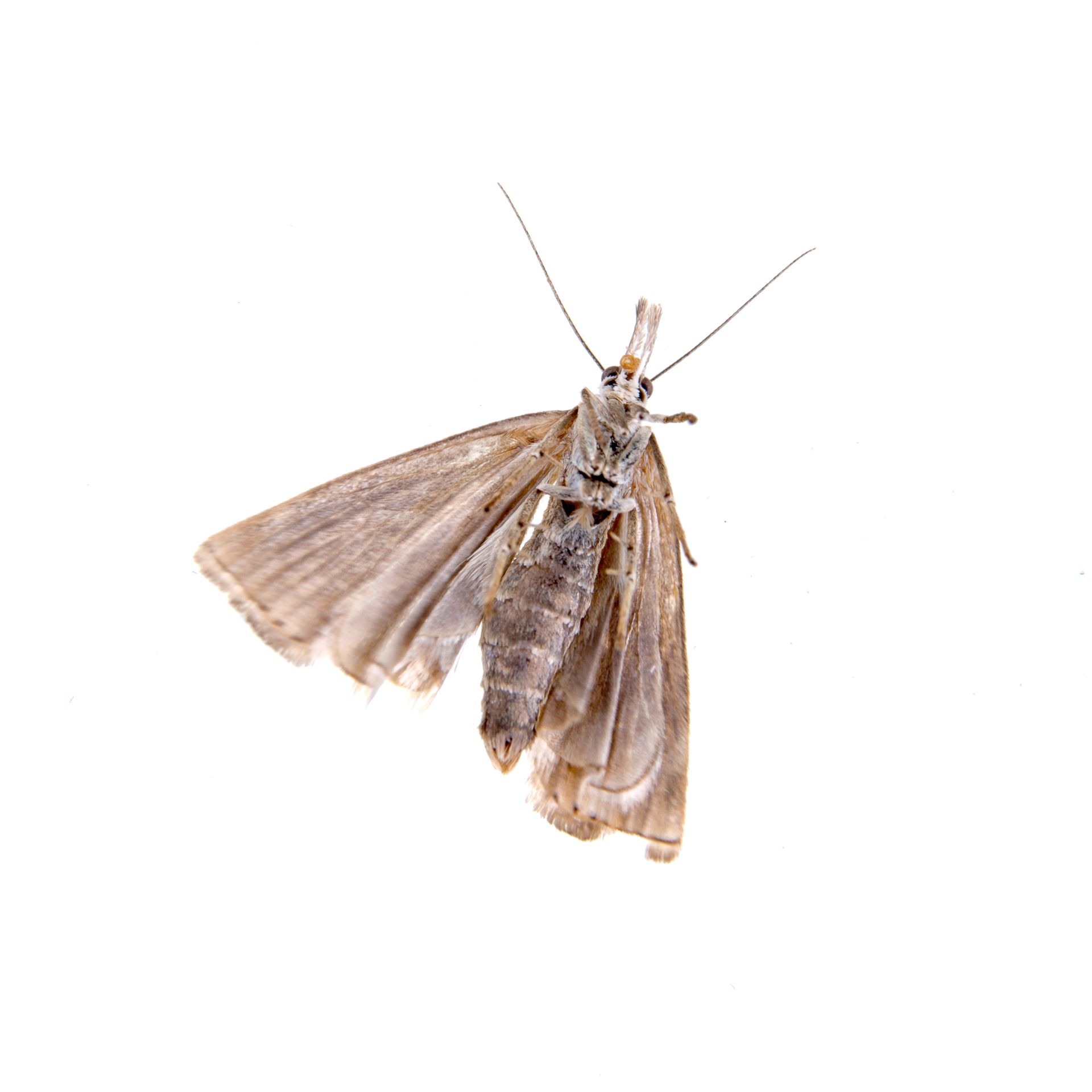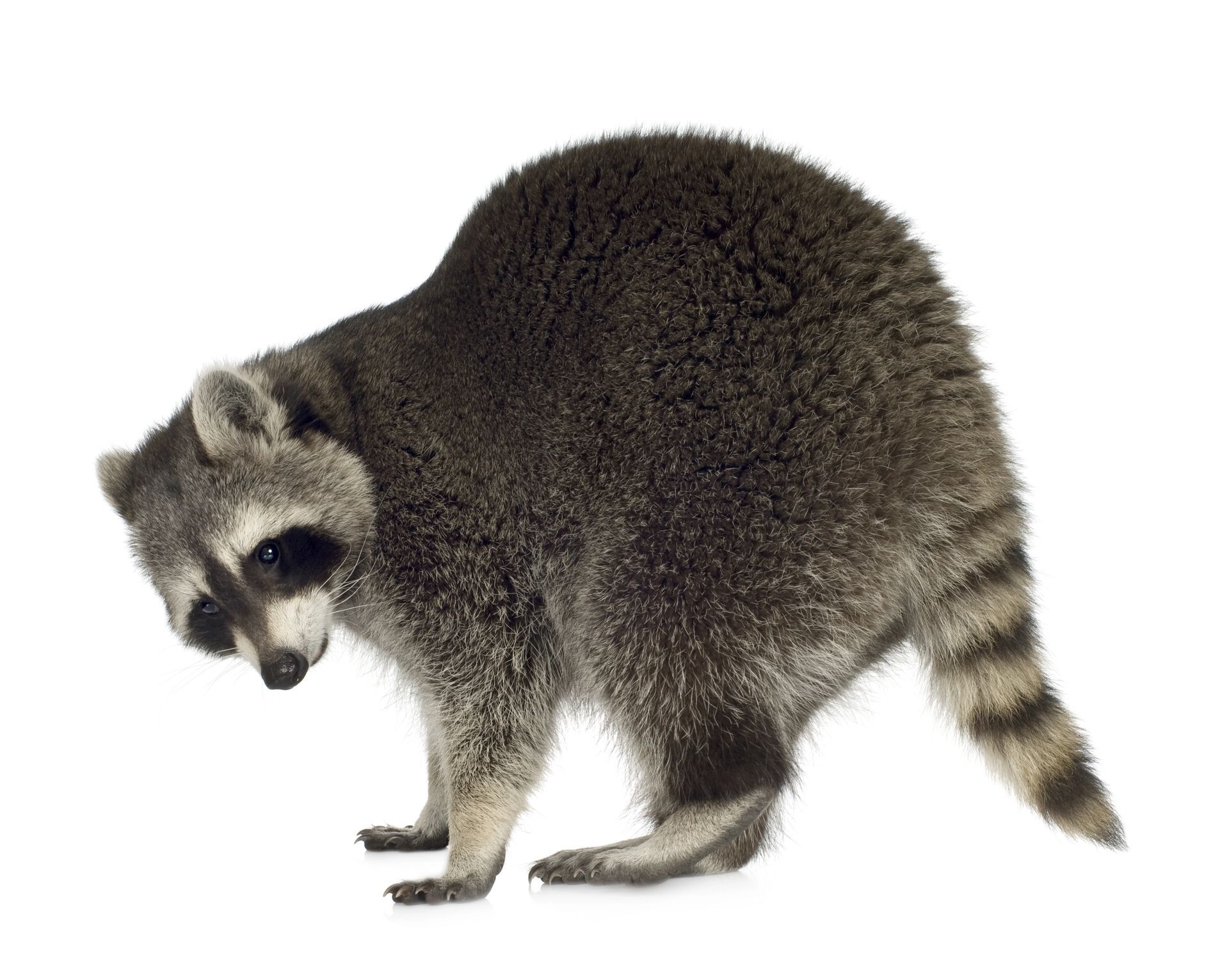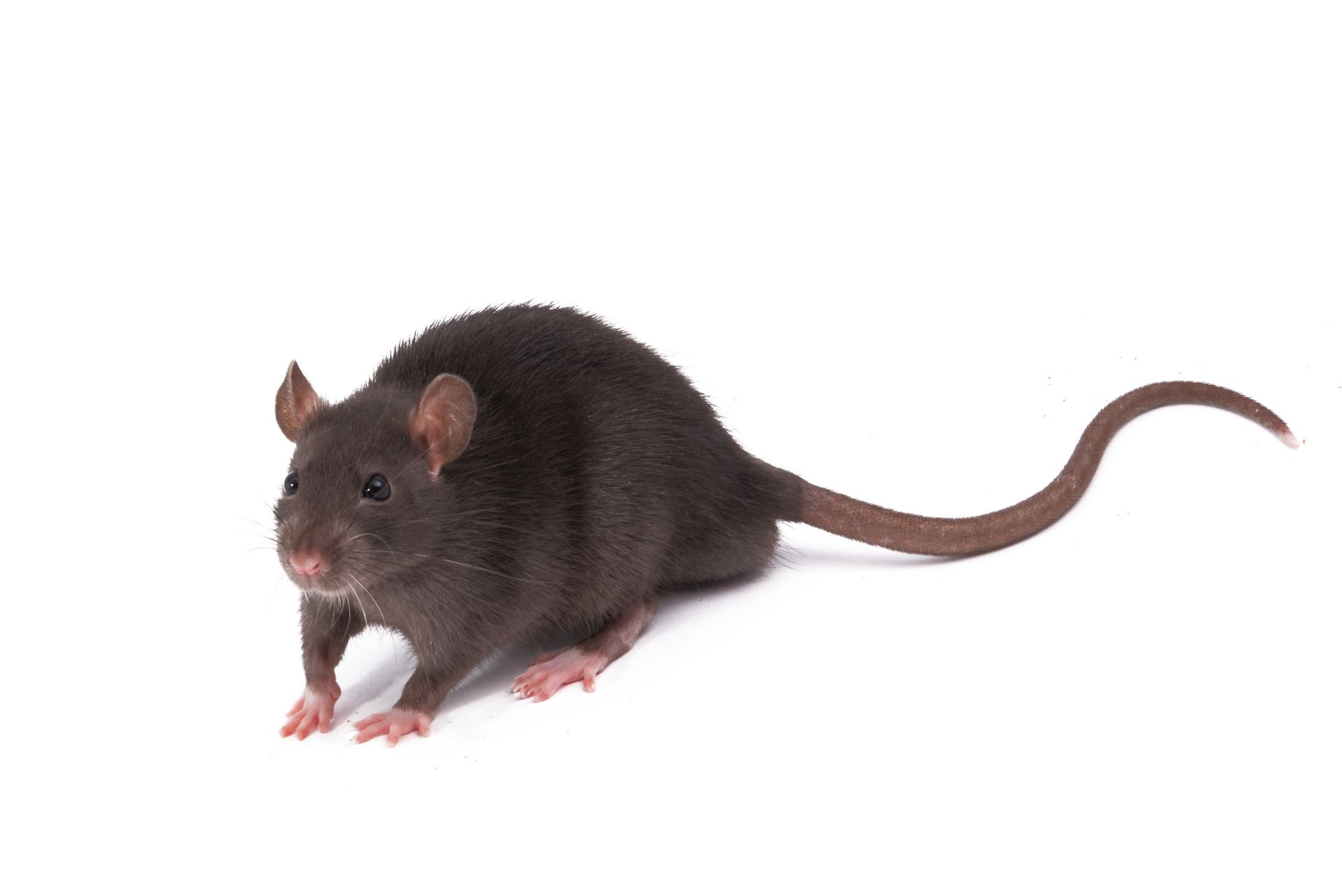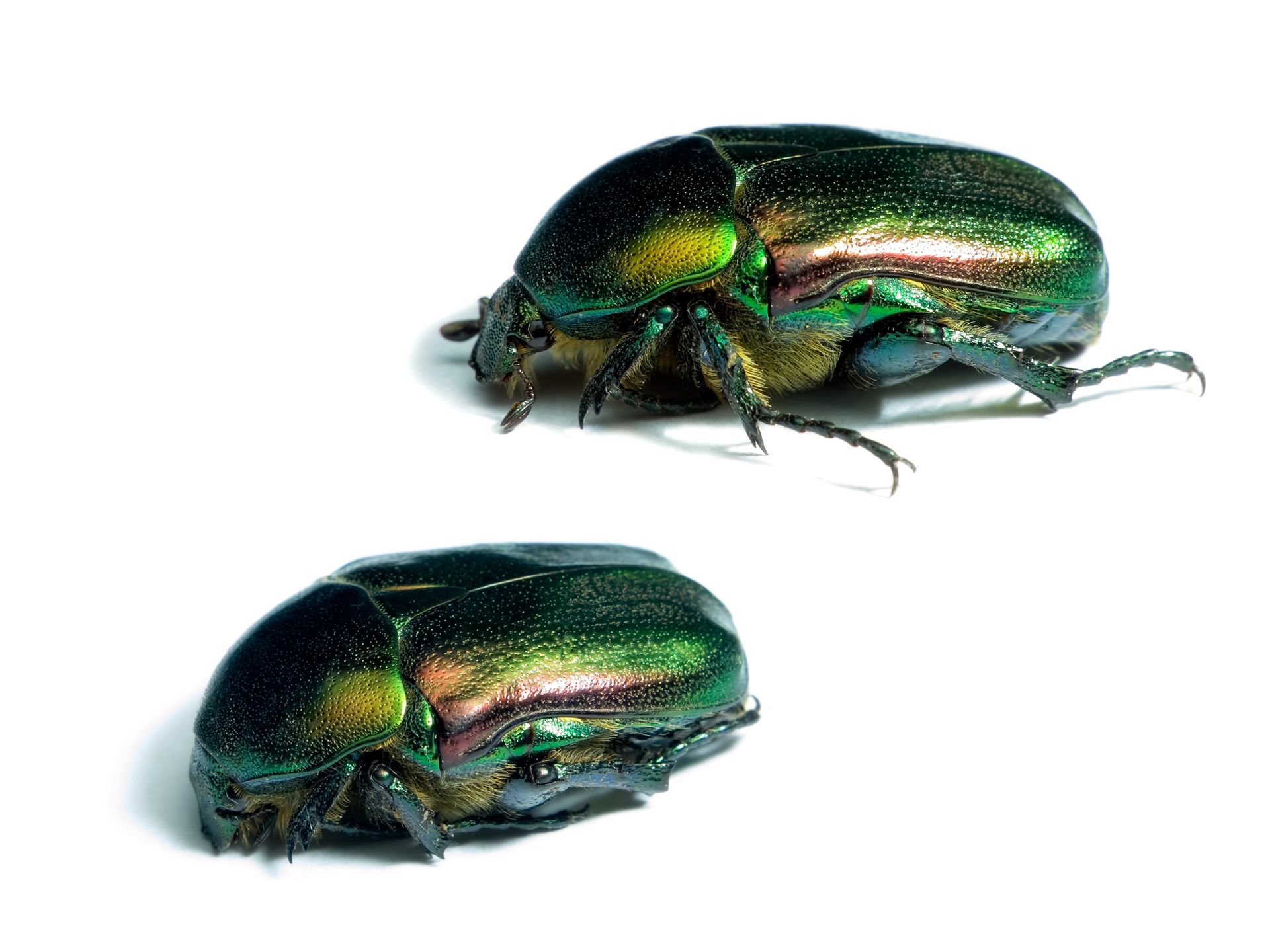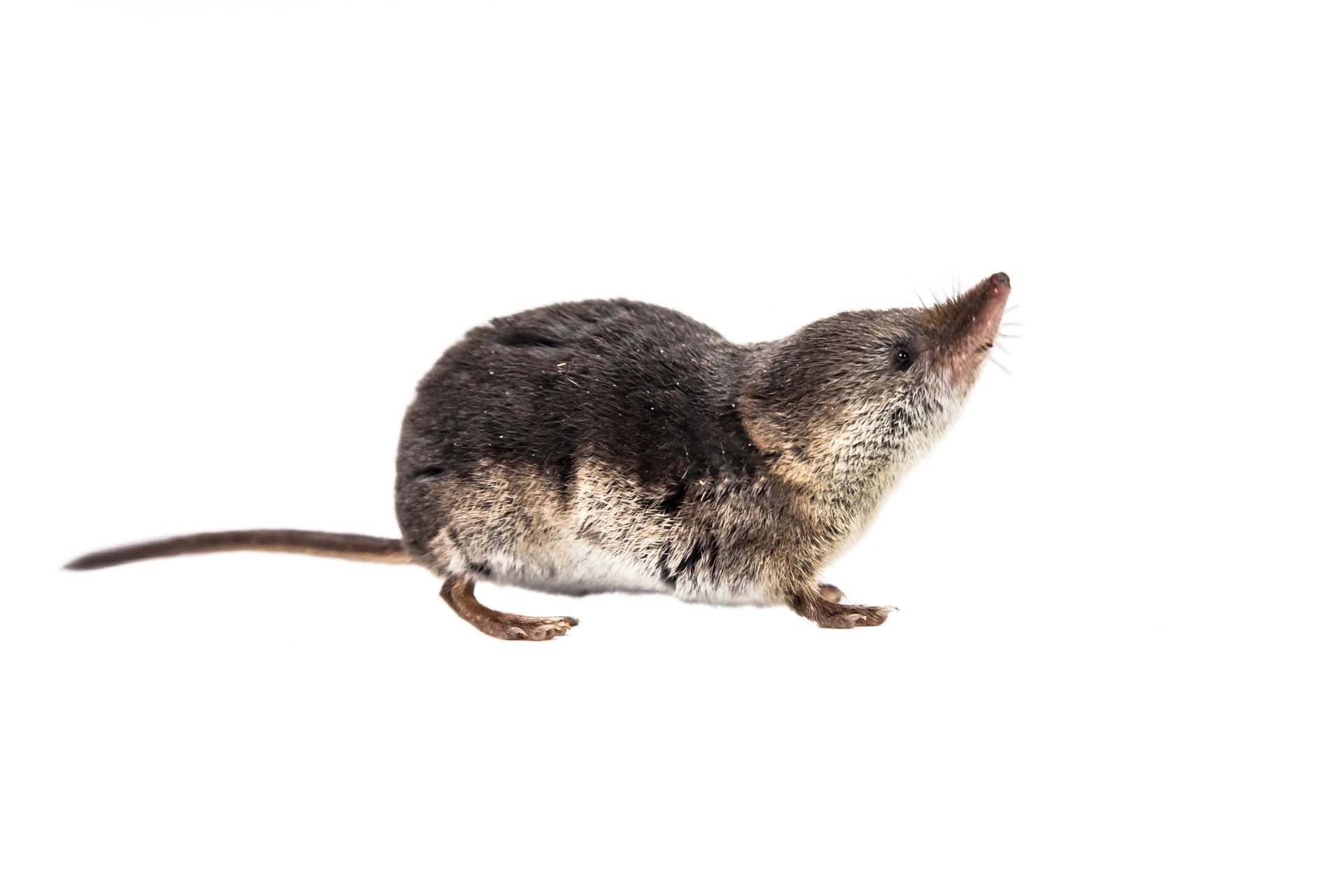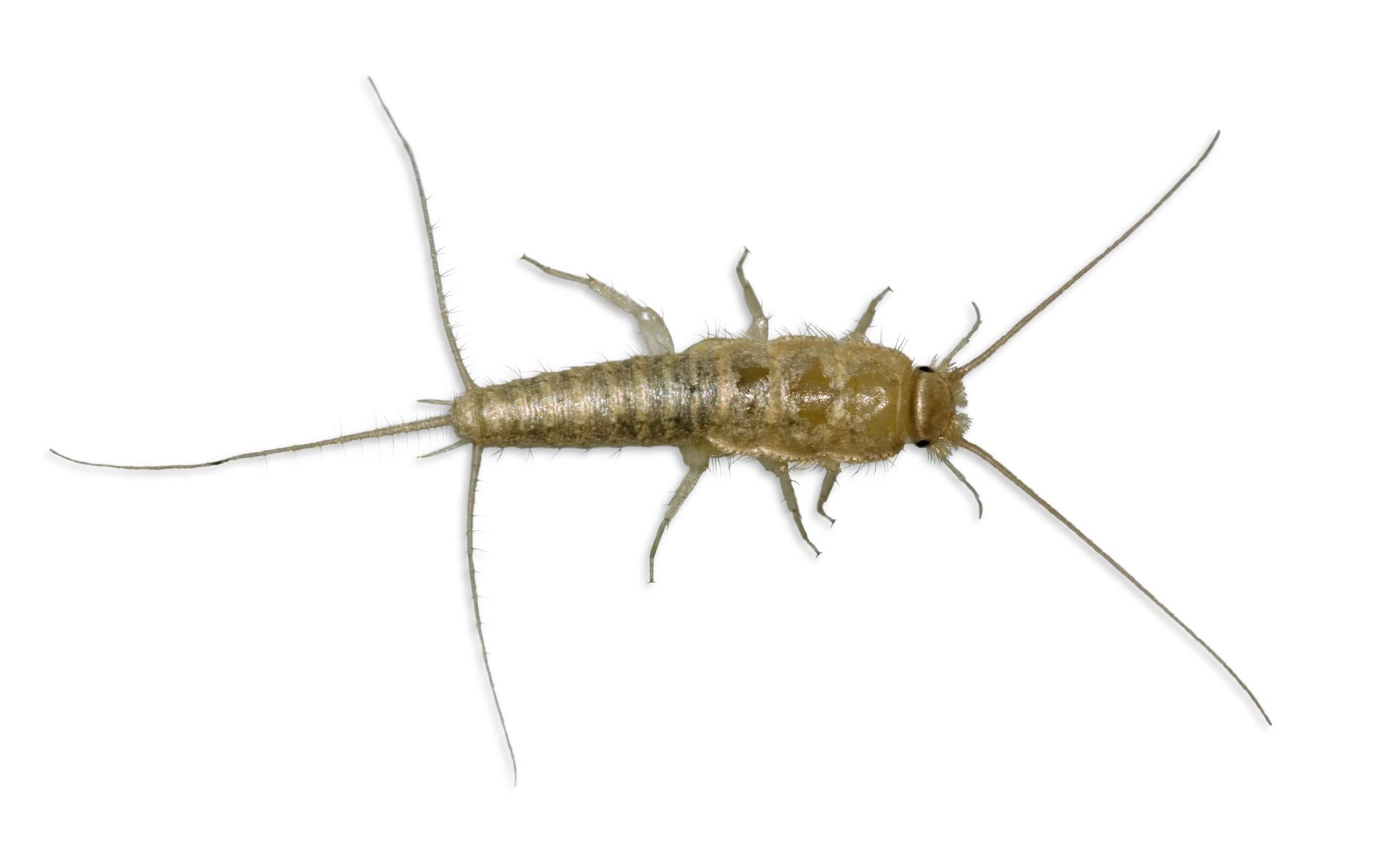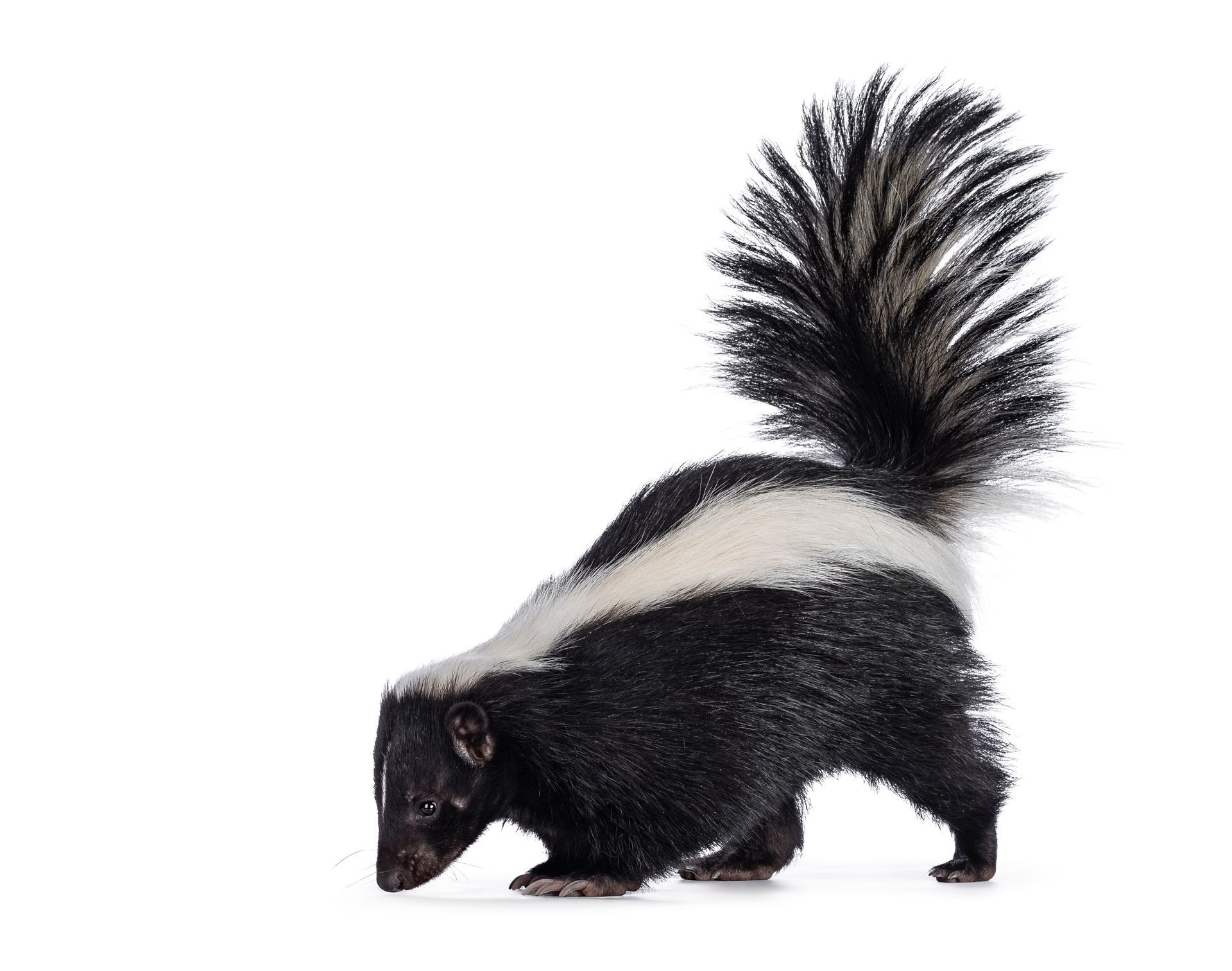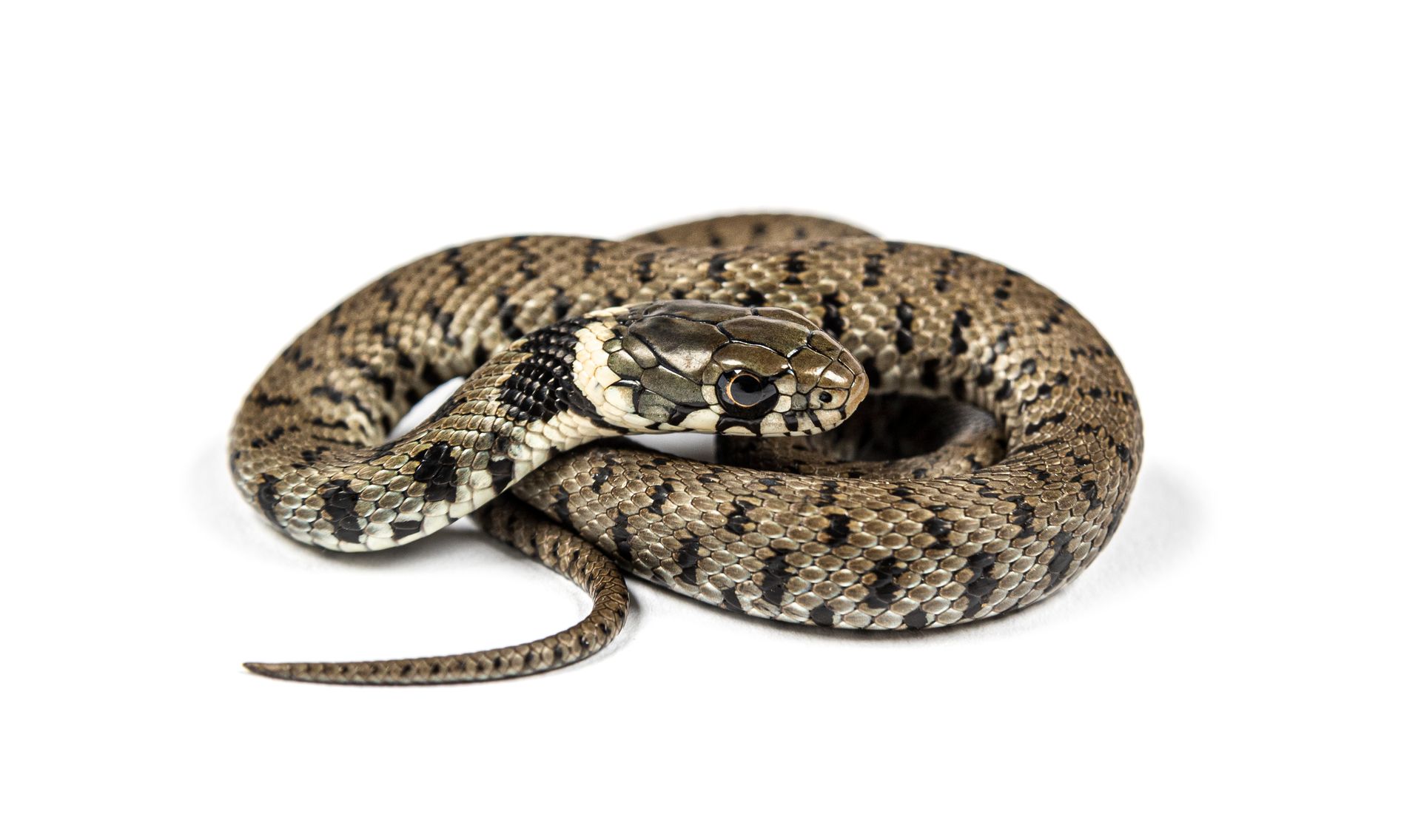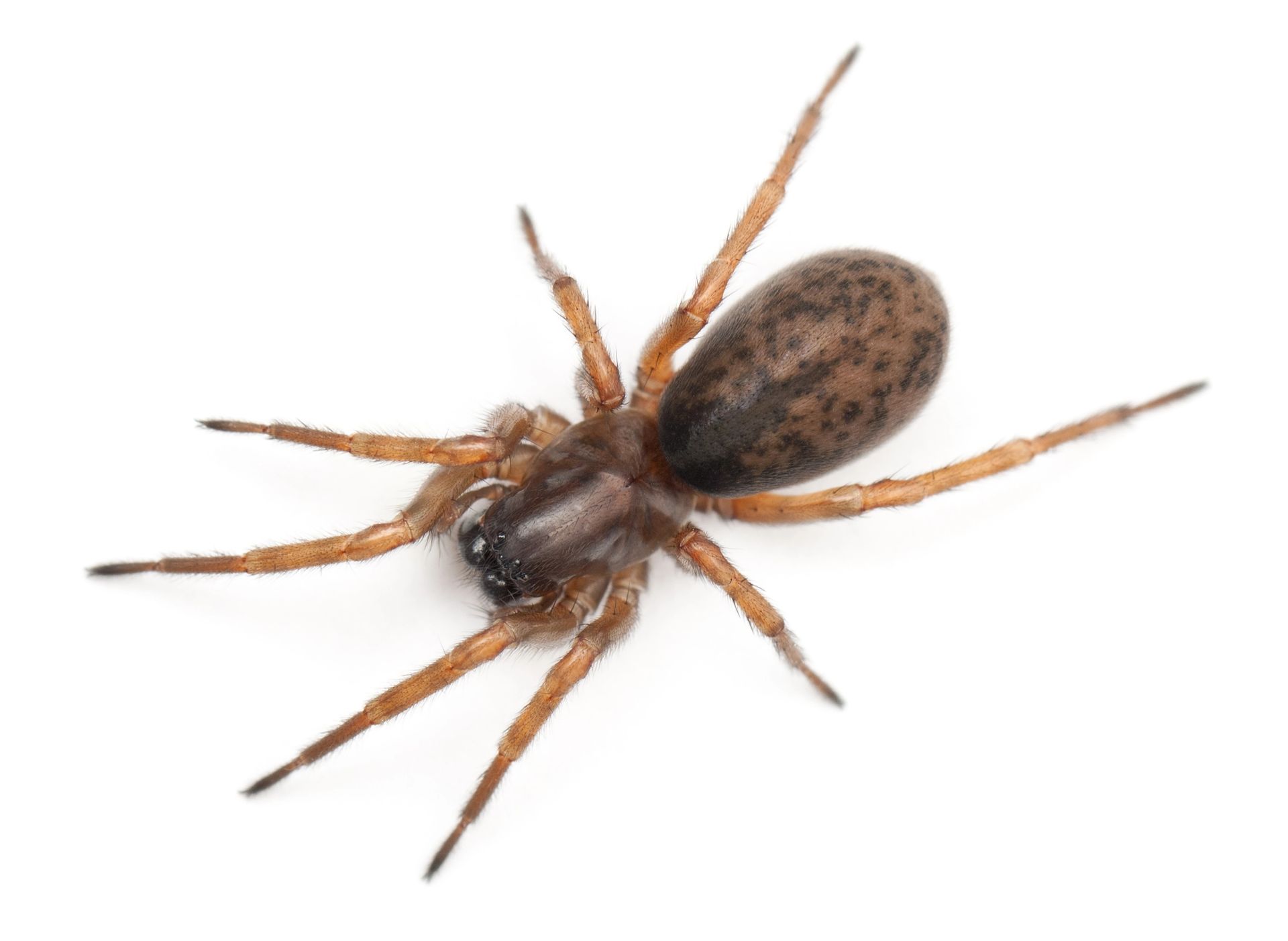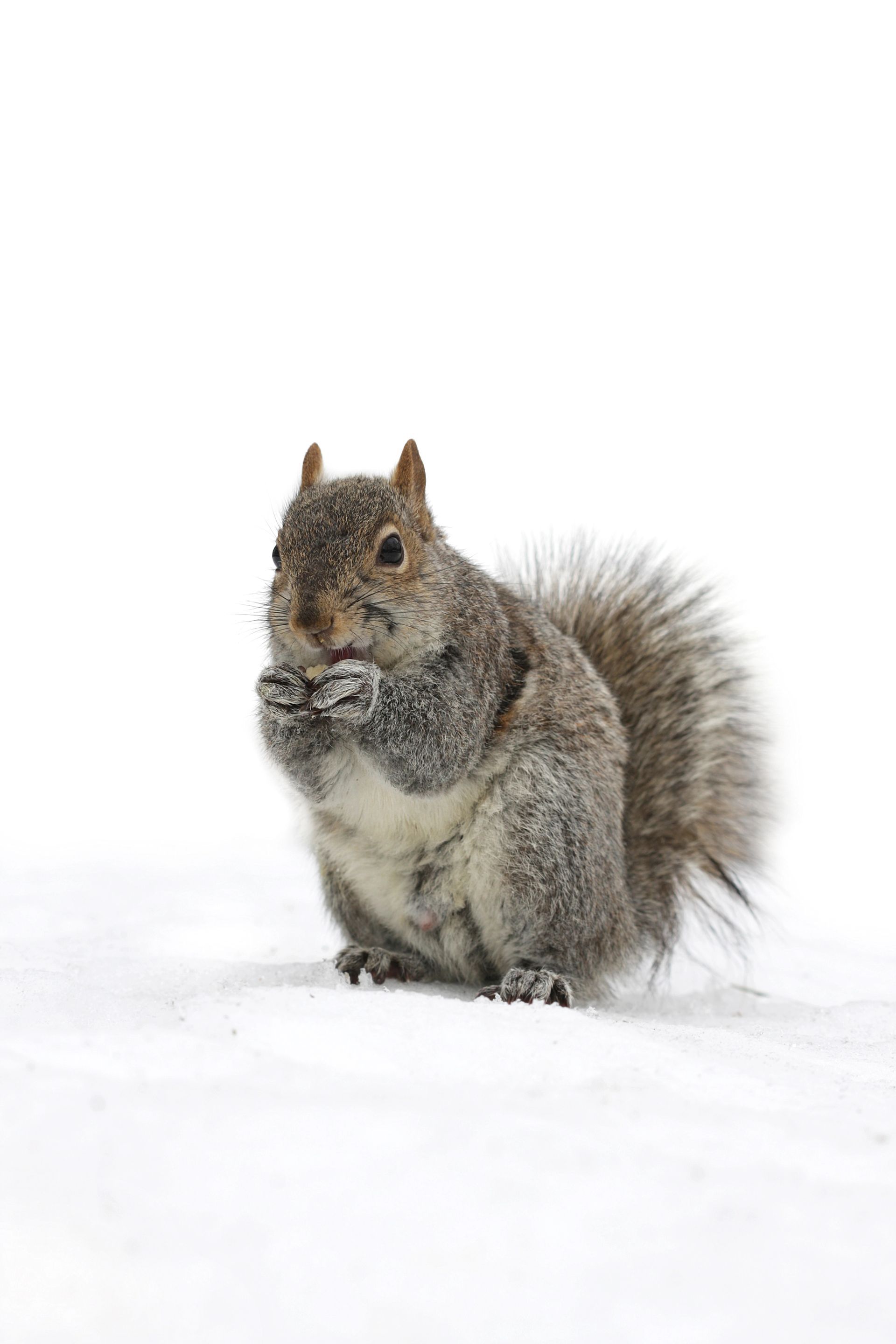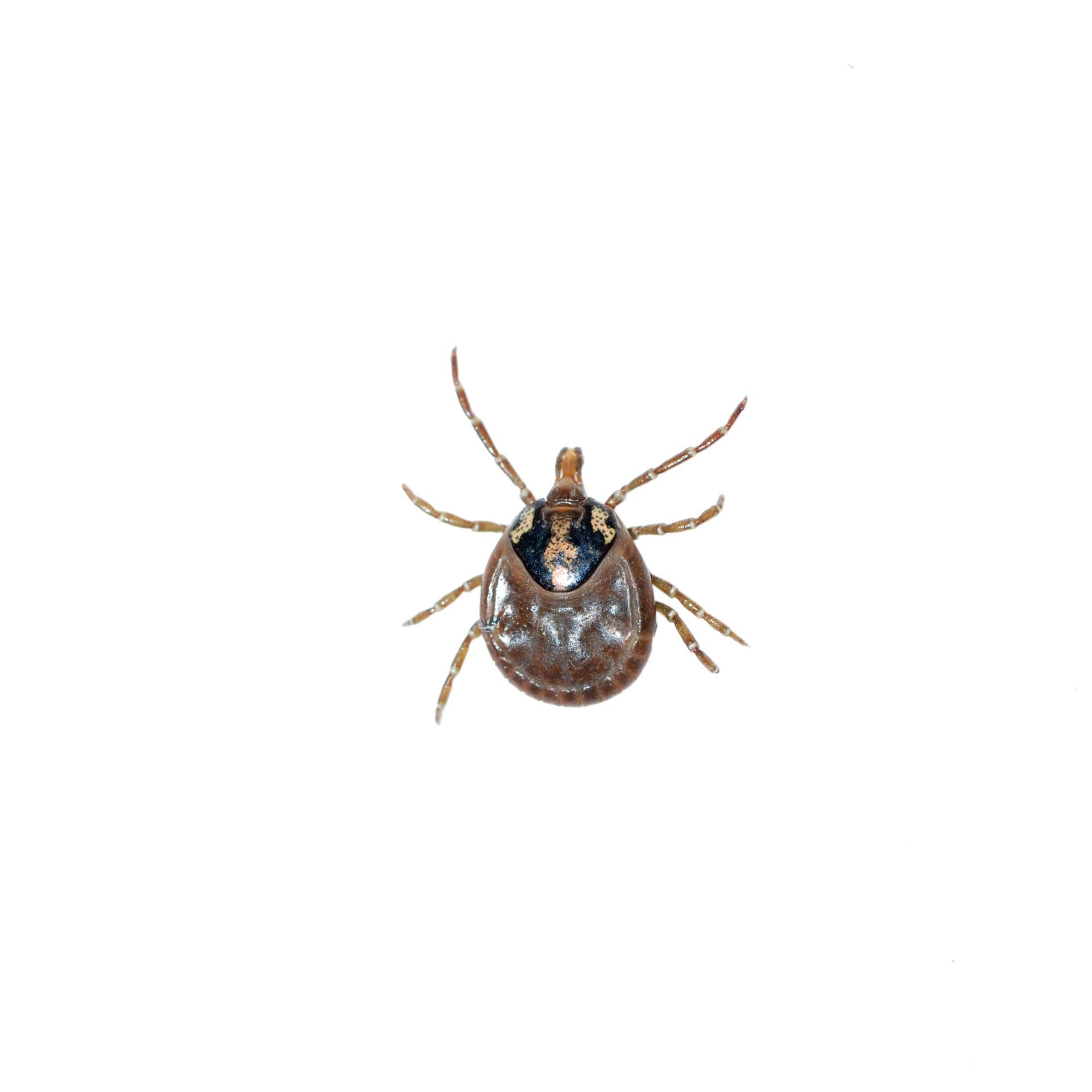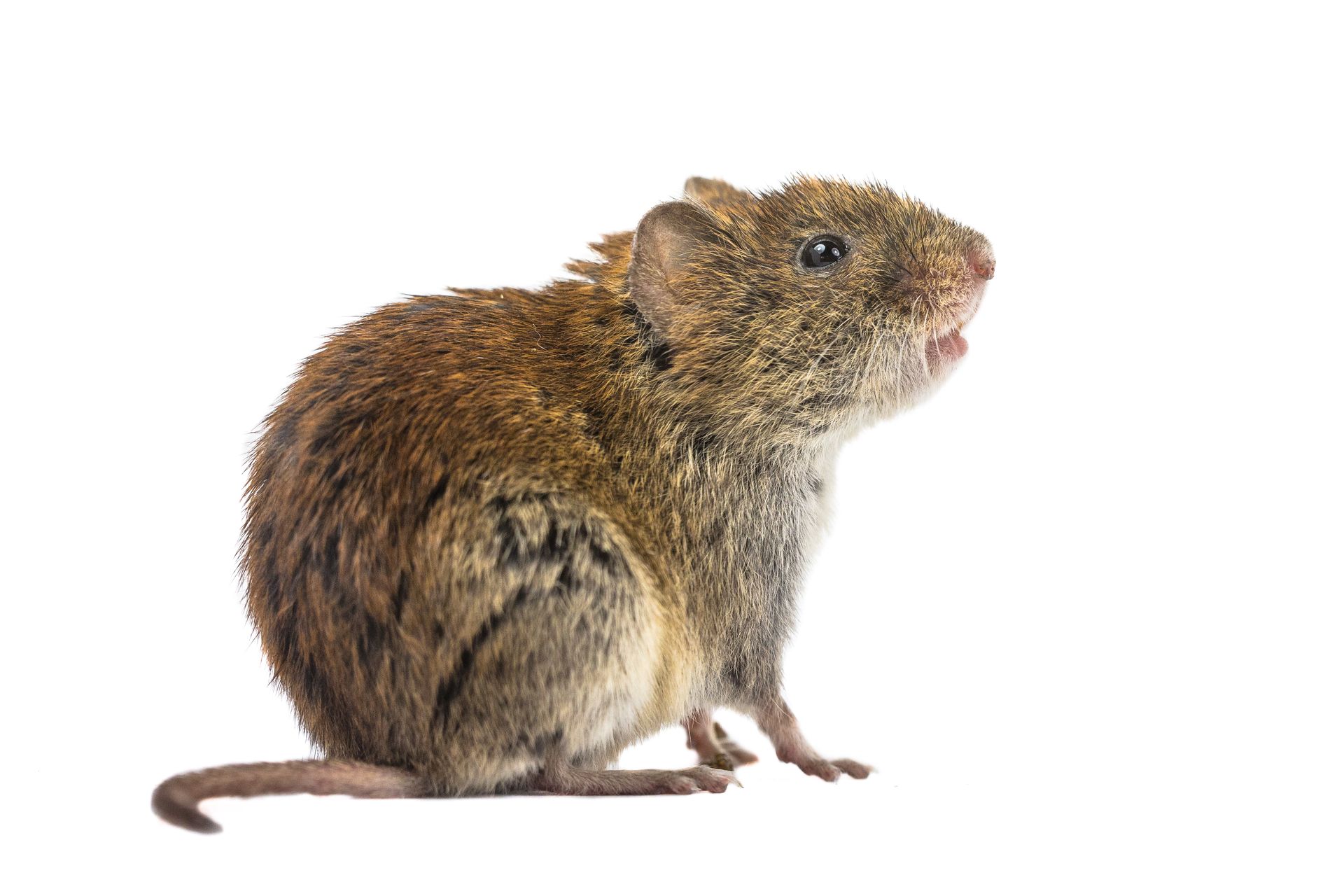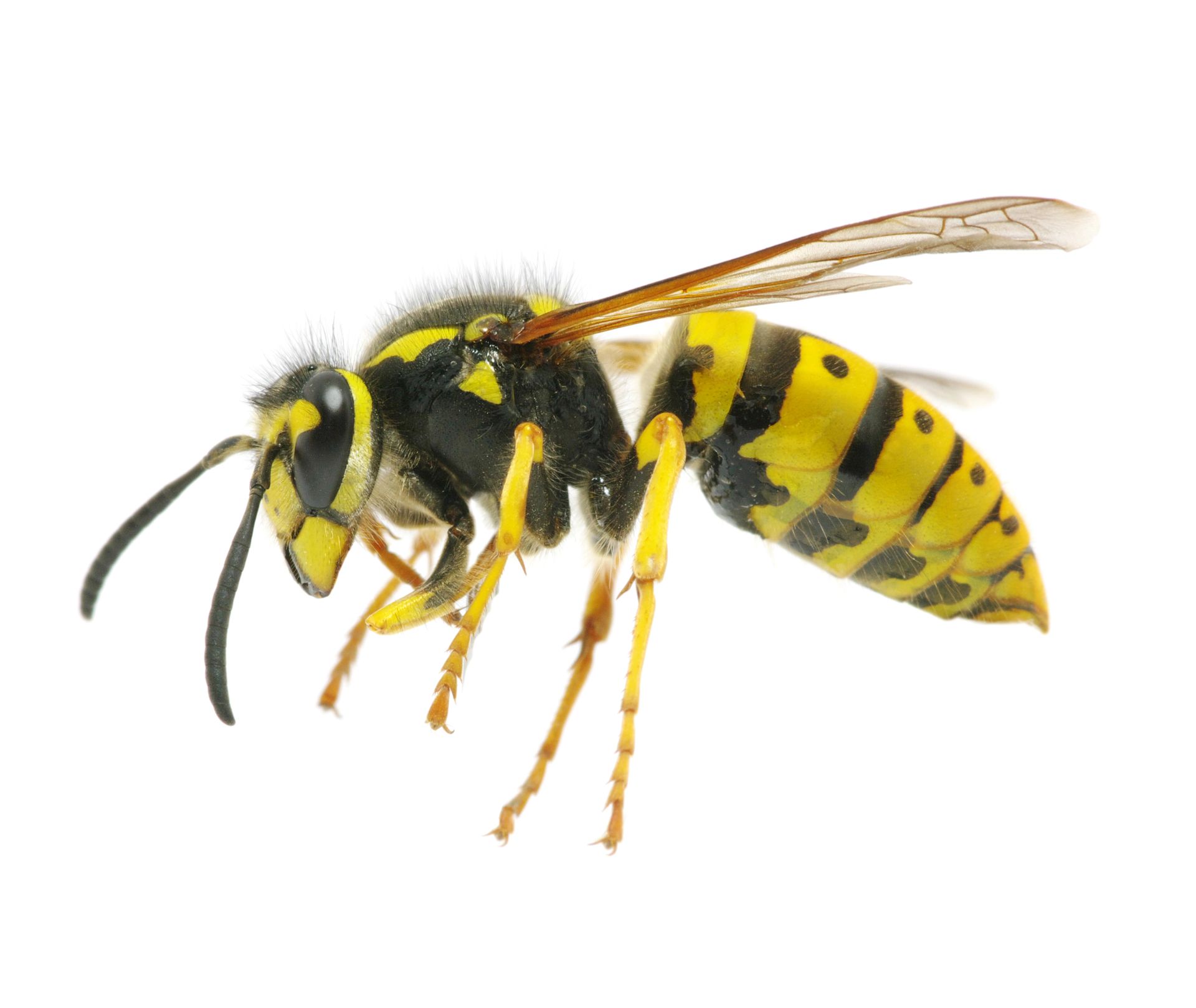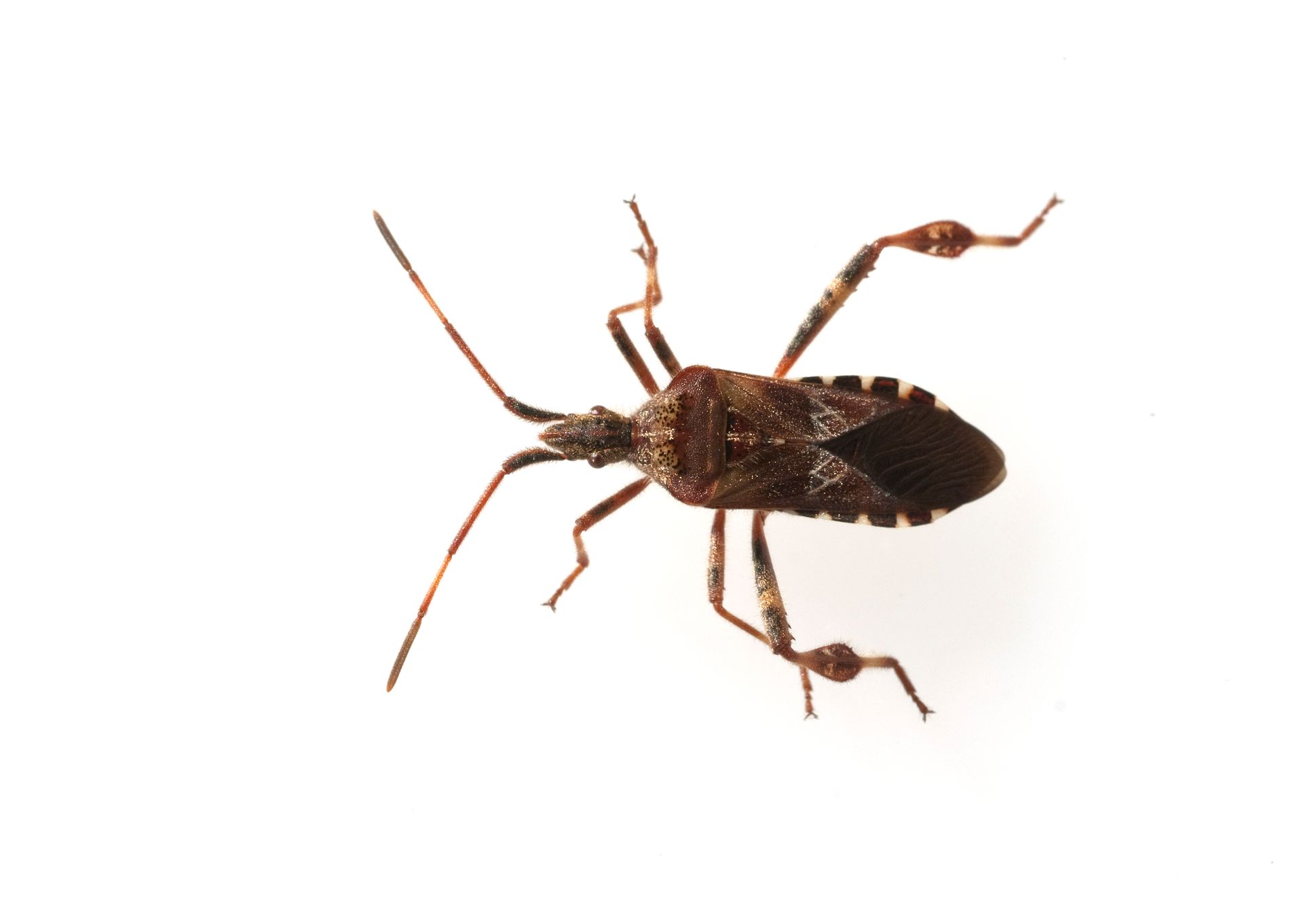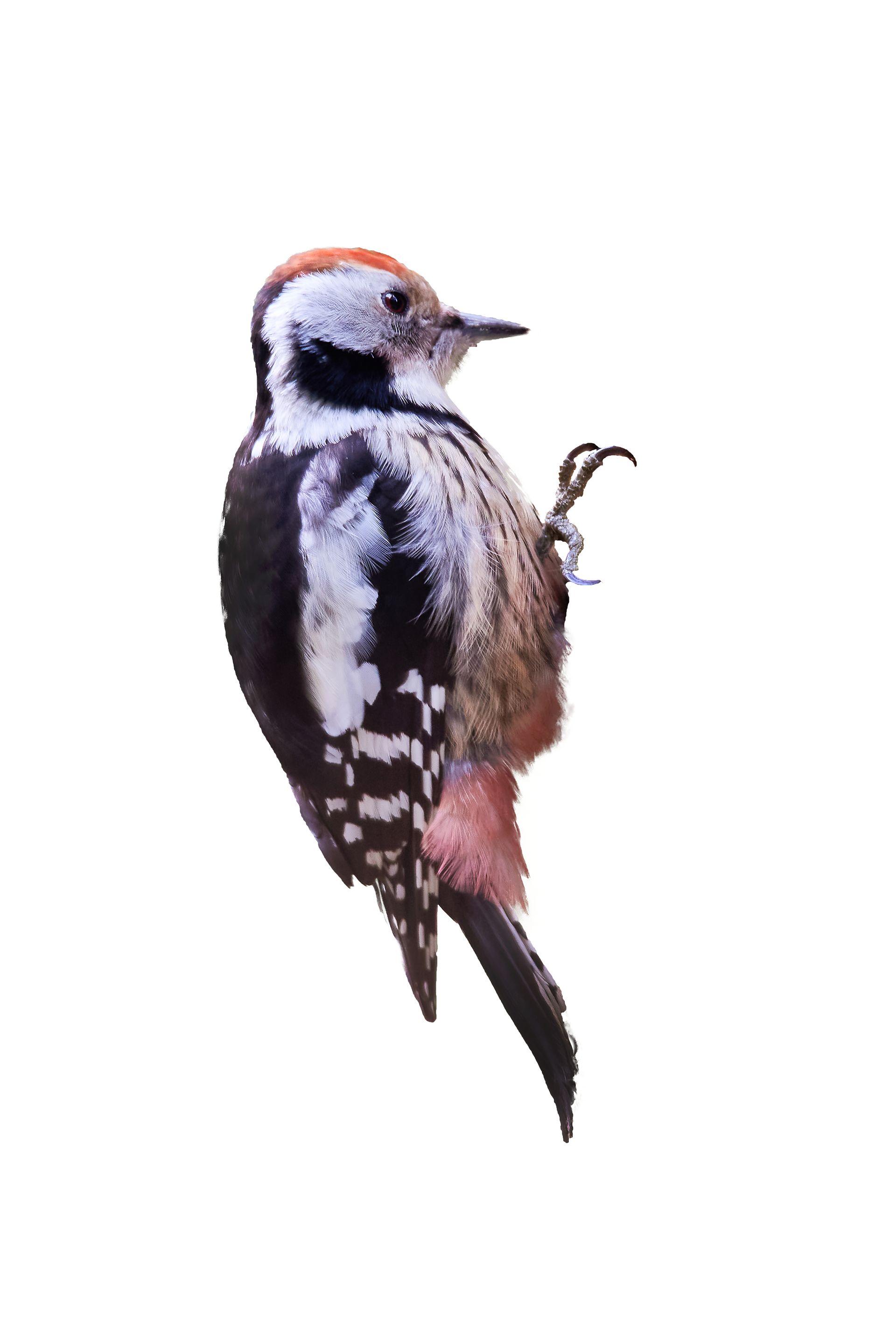Understanding Skunks in Wisconsin
Skunks are common in Wisconsin and are easily recognized by their distinctive black and white coloration and their ability to spray a foul-smelling liquid as a defense mechanism. While skunks play a beneficial role in controlling insect and rodent populations, their presence in residential or commercial properties can lead to significant problems. Understanding where skunks are typically found, what attracts them to homes and buildings, and why they are unsuitable for these environments is essential for effective management and prevention.
Characteristics and Habitats of Skunks
The most common species of skunks in Wisconsin is the striped skunk (Mephitis mephitis). These small to medium-sized mammals are nocturnal and are known for their powerful scent glands.
Skunks are typically found in:
Outdoors:
Fields and Forests: Skunks prefer open areas with a mix of forest and field where they can find food and shelter.
Urban and Suburban Areas: Skunks often adapt to urban and suburban environments, finding food in gardens, lawns, and garbage.
Near Water Sources: Areas near streams, ponds, and wetlands are also common habitats for skunks.
Indoors (Occasionally):
Under Decks and Porches: Skunks may dig burrows or use existing spaces under decks, porches, and sheds to create dens.
Basements and Crawl Spaces: Though less common, skunks can sometimes find their way into basements and crawl spaces seeking shelter.
Attractions in Homes and Buildings
Skunks are attracted to homes and buildings for several reasons:
Food Sources: Skunks are omnivorous and are attracted to a variety of food sources, including pet food, garbage, birdseed, and insects. Properties with accessible food sources are particularly attractive.
Shelter: Homes and buildings provide warm, protected environments for skunks to create dens, especially during colder months or for raising their young.
Moisture: Skunks may be attracted to areas with water sources, such as leaky pipes, standing water, or moist soil, which provide both drinking water and habitat for their prey.
Why Skunks Are Not Suitable for Homes and Buildings
While skunks play an important role in natural ecosystems, their presence on residential and commercial properties is highly undesirable for several reasons:
Odor:
Spraying: Skunks can spray a foul-smelling liquid as a defense mechanism, which can permeate homes, buildings, and outdoor areas, creating an unpleasant and lingering odor.
Contamination: The odor from skunk spray can contaminate clothing, furniture, and other belongings, making them difficult to clean.
Health Risks:
Disease Transmission: Skunks can carry diseases such as rabies, leptospirosis, and canine distemper, which can pose serious health risks to humans and pets.
Parasites: Skunks can also harbor parasites like fleas, ticks, and mites, which can infest homes and transmit additional diseases.
Property Damage:
Burrowing: Skunks may dig burrows under decks, porches, sheds, and foundations, causing structural damage and creating entry points for other pests.
Foraging: Skunks can damage lawns and gardens while foraging for insects and grubs, leading to unsightly holes and uprooted plants.
Nuisance:
Nocturnal Activity: Skunks are nocturnal and can cause disturbances at night, including noise and encounters with pets.
Fear and Stress: The presence of skunks can cause fear and stress for residents, particularly due to the threat of being sprayed.
Prevention and Control
To prevent and control skunk infestations on properties, consider the following strategies:
Eliminate Food Sources:
Secure Garbage: Use tightly sealed trash bins and dispose of garbage regularly to reduce food sources for skunks.
Remove Pet Food: Do not leave pet food or birdseed outside overnight, as these can attract skunks.
Compost Management: Ensure compost bins are securely closed and located away from buildings.
Remove Shelter Opportunities:
Seal Entry Points: Inspect and seal any potential entry points under decks, porches, sheds, and foundations to prevent skunks from creating dens.
Use Skunk Repellents: Apply skunk repellents or deterrents around potential den sites to discourage skunks from settling.
Maintain Landscaping: Keep lawns and gardens well-maintained to reduce cover and food sources for skunks.
Use Humane Traps:
Live Traps: Set live traps in areas where skunk activity is suspected, following all local regulations and guidelines for humane trapping and relocation.
Professional Pest Control:
Inspection and Treatment: For severe infestations, contact a professional pest control service like BugBoss The X-Terminator for comprehensive skunk management. Professionals can identify den sites and apply targeted treatments.
Ongoing Prevention: Regular follow-up treatments and inspections help ensure that skunks do not return.
Understanding the habits and risks associated with skunks in Wisconsin is crucial for protecting your property from damage and ensuring a safe living environment. If you suspect a skunk problem, taking swift action can prevent further issues and maintain a pleasant, odor-free property. Trust BugBoss The X-Terminator to provide expert advice and effective skunk control solutions tailored to your needs.
Local Pests & Wildlife in Wisconsin

